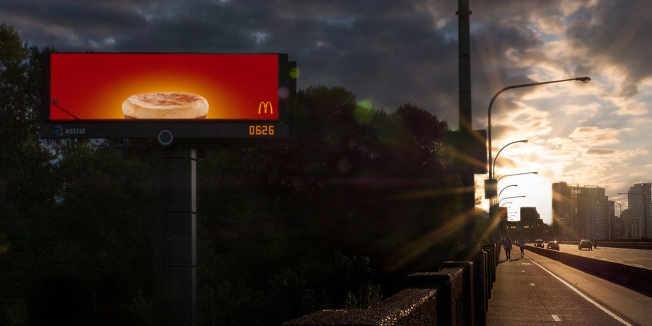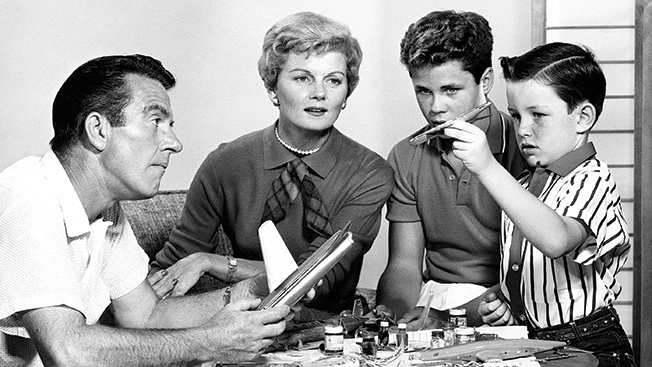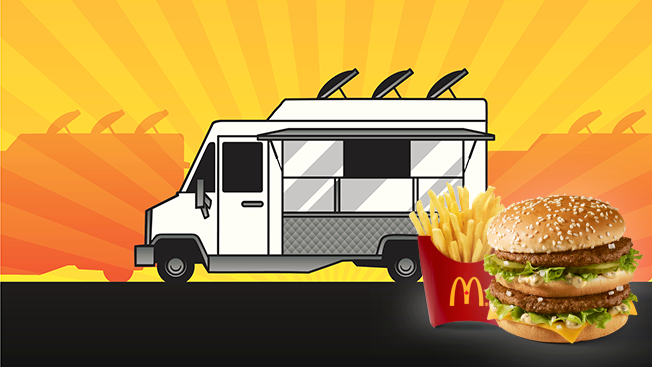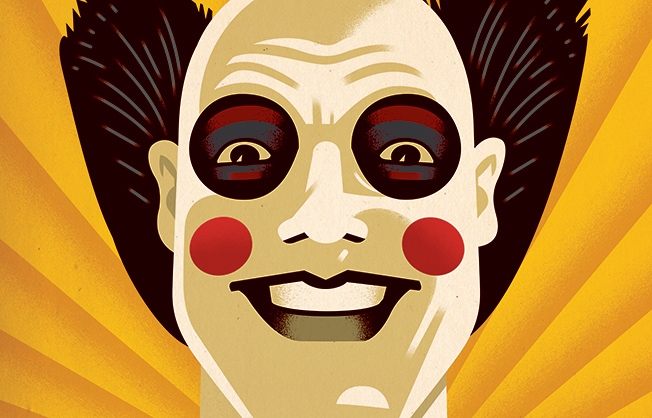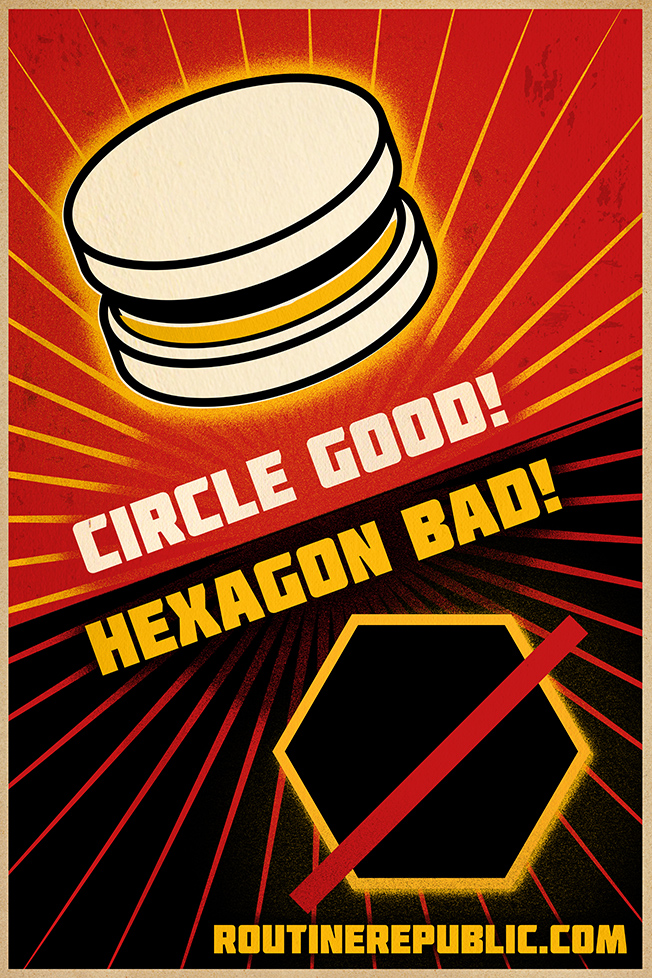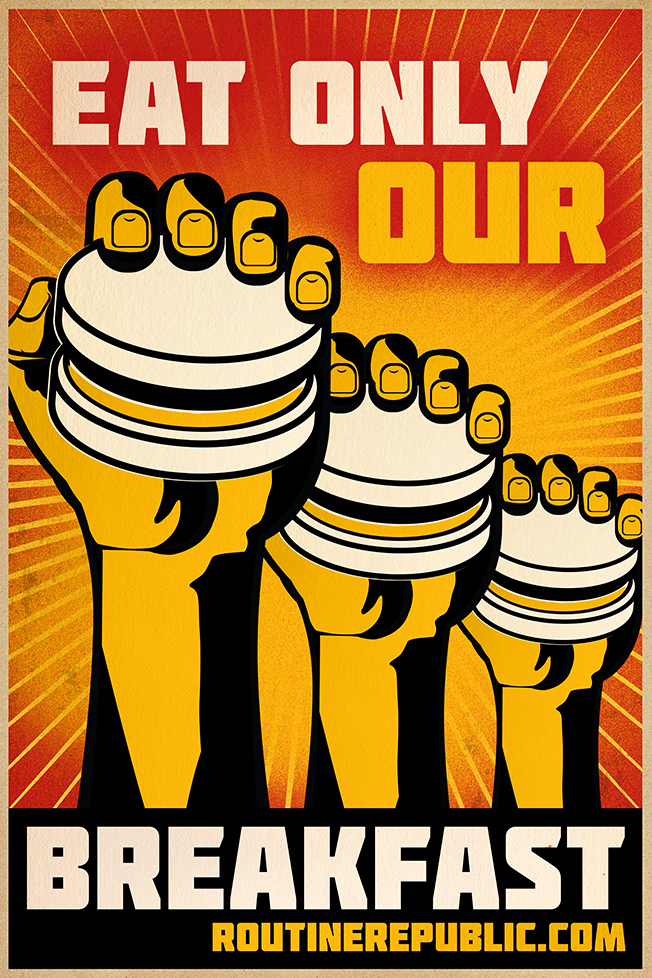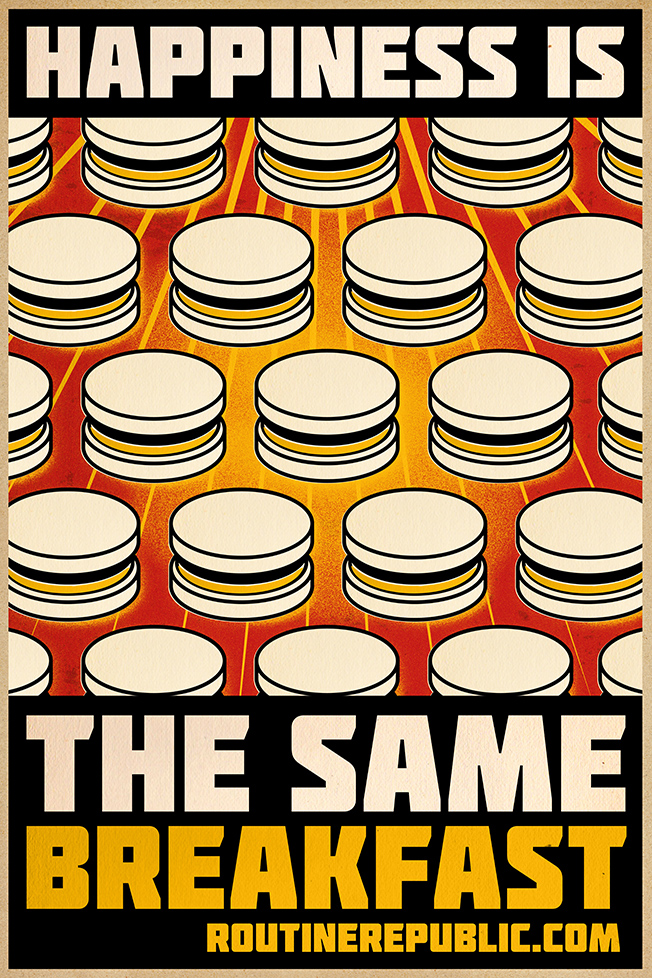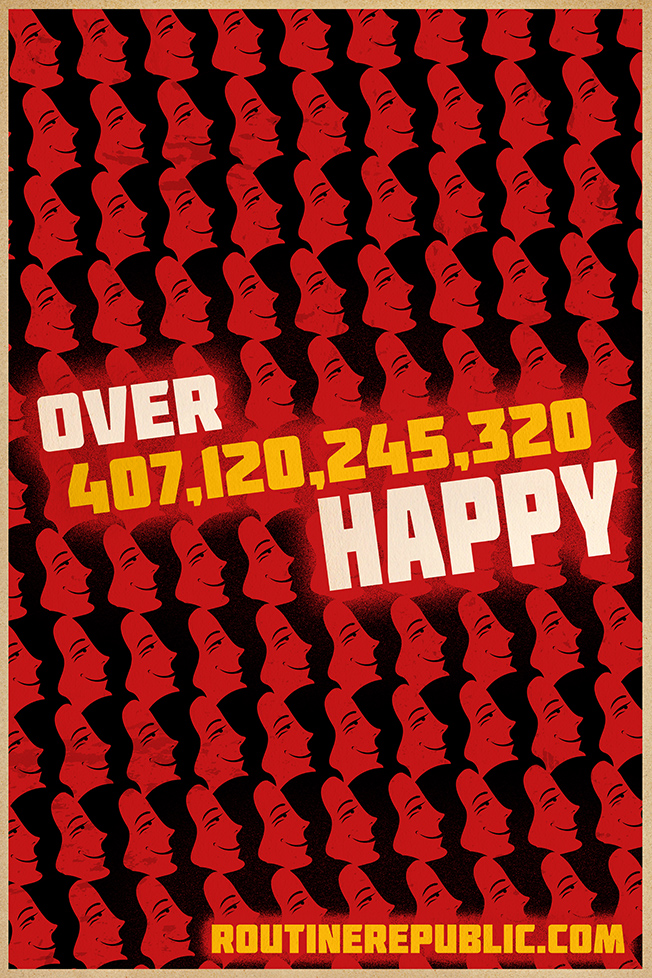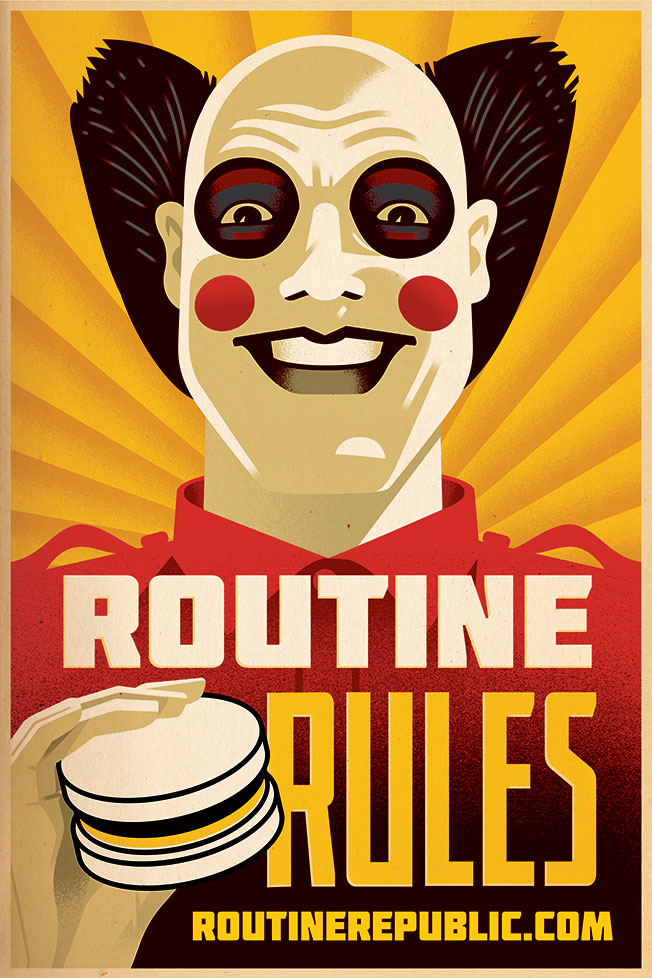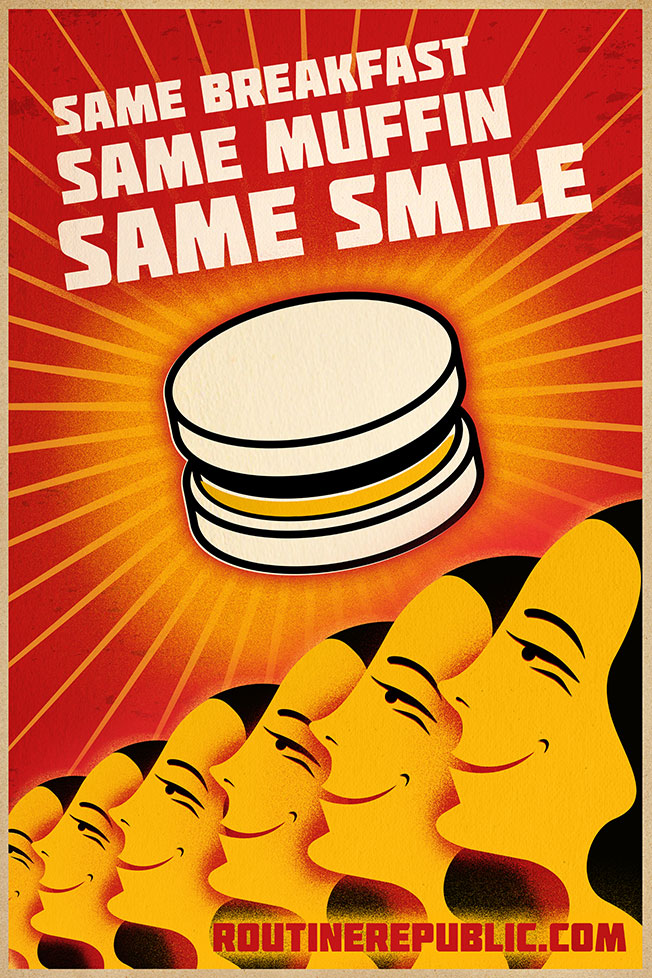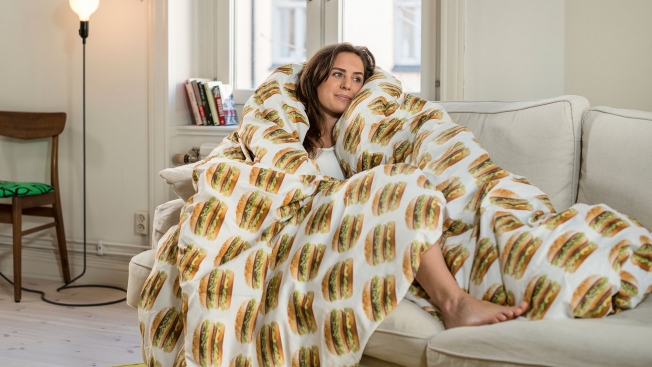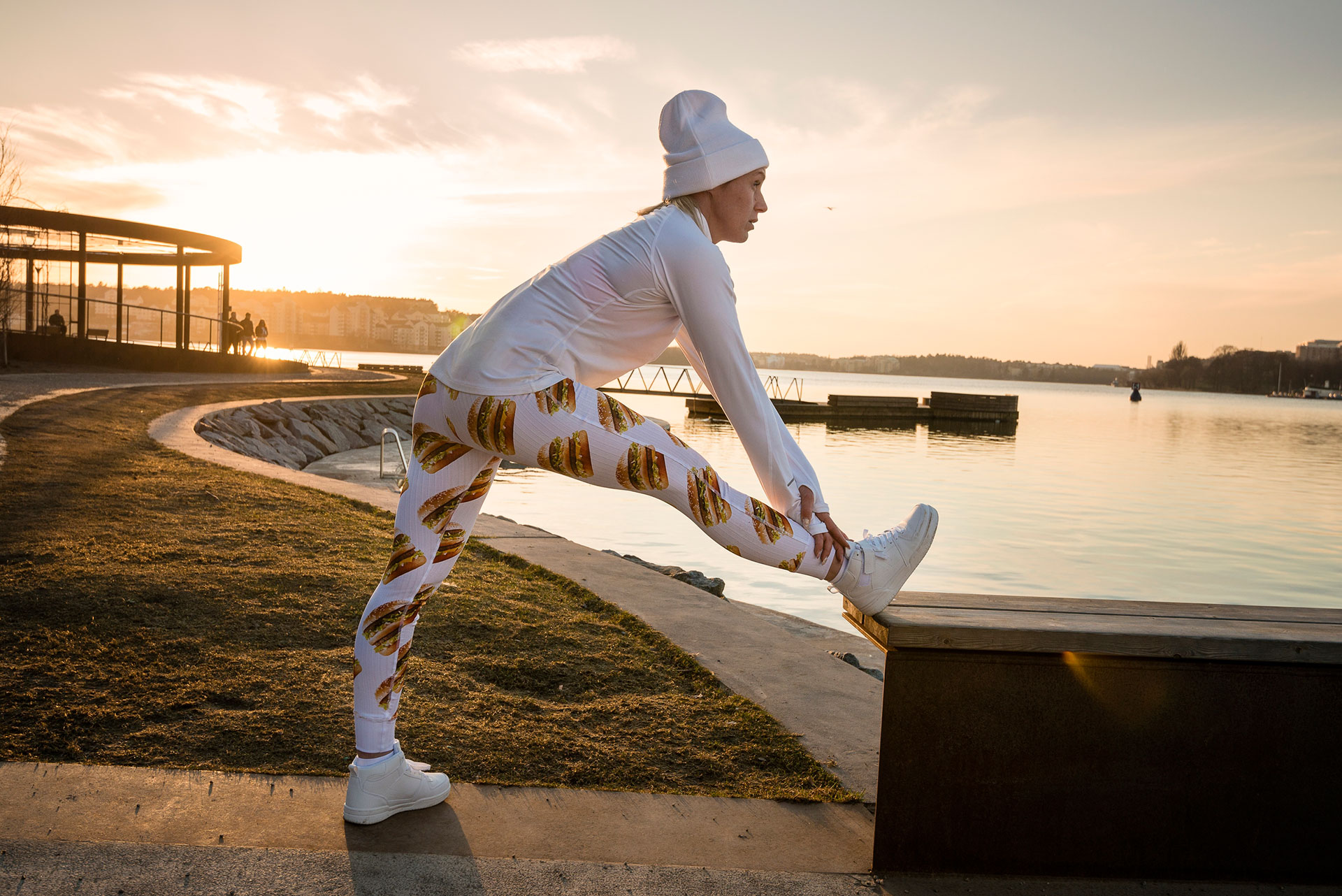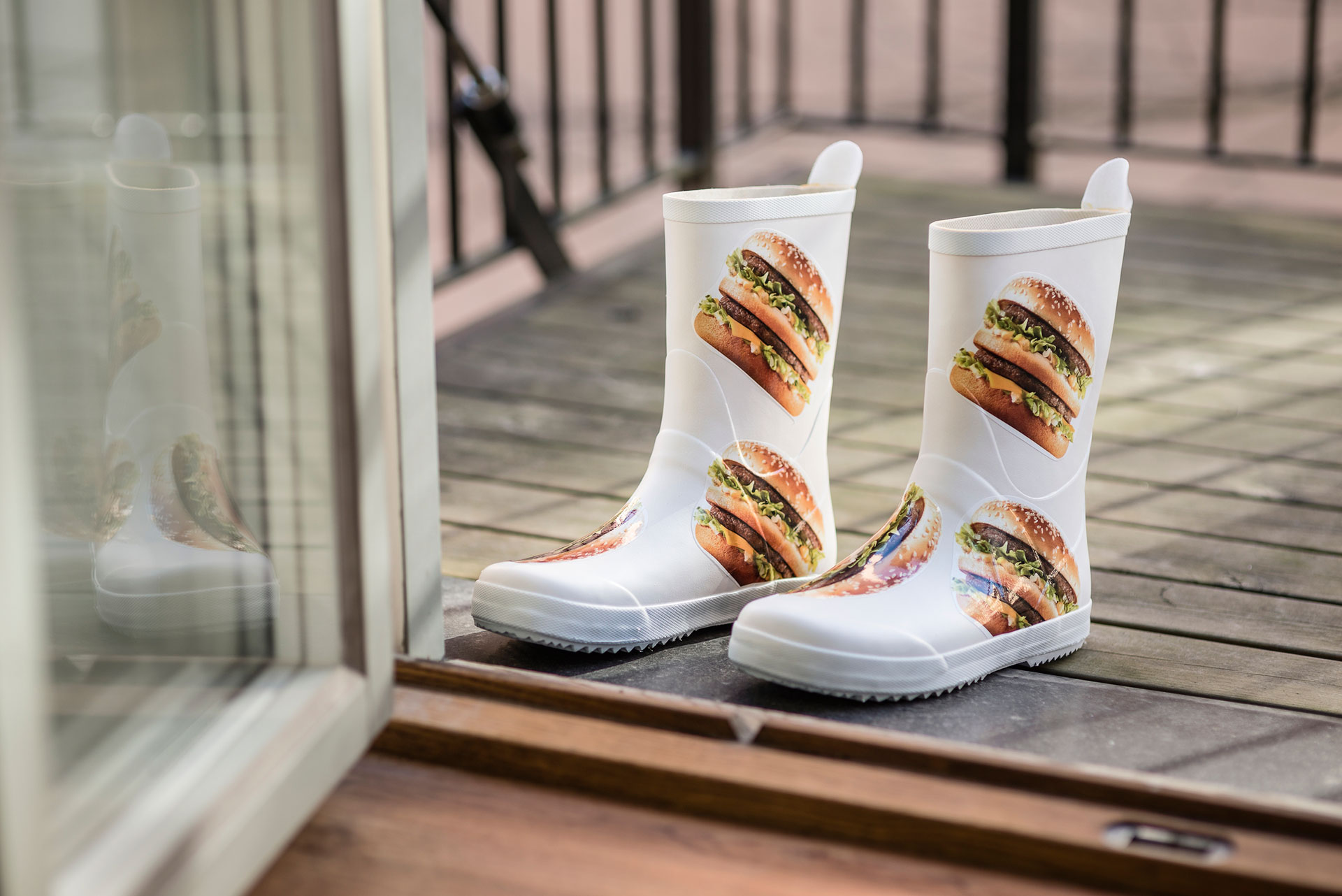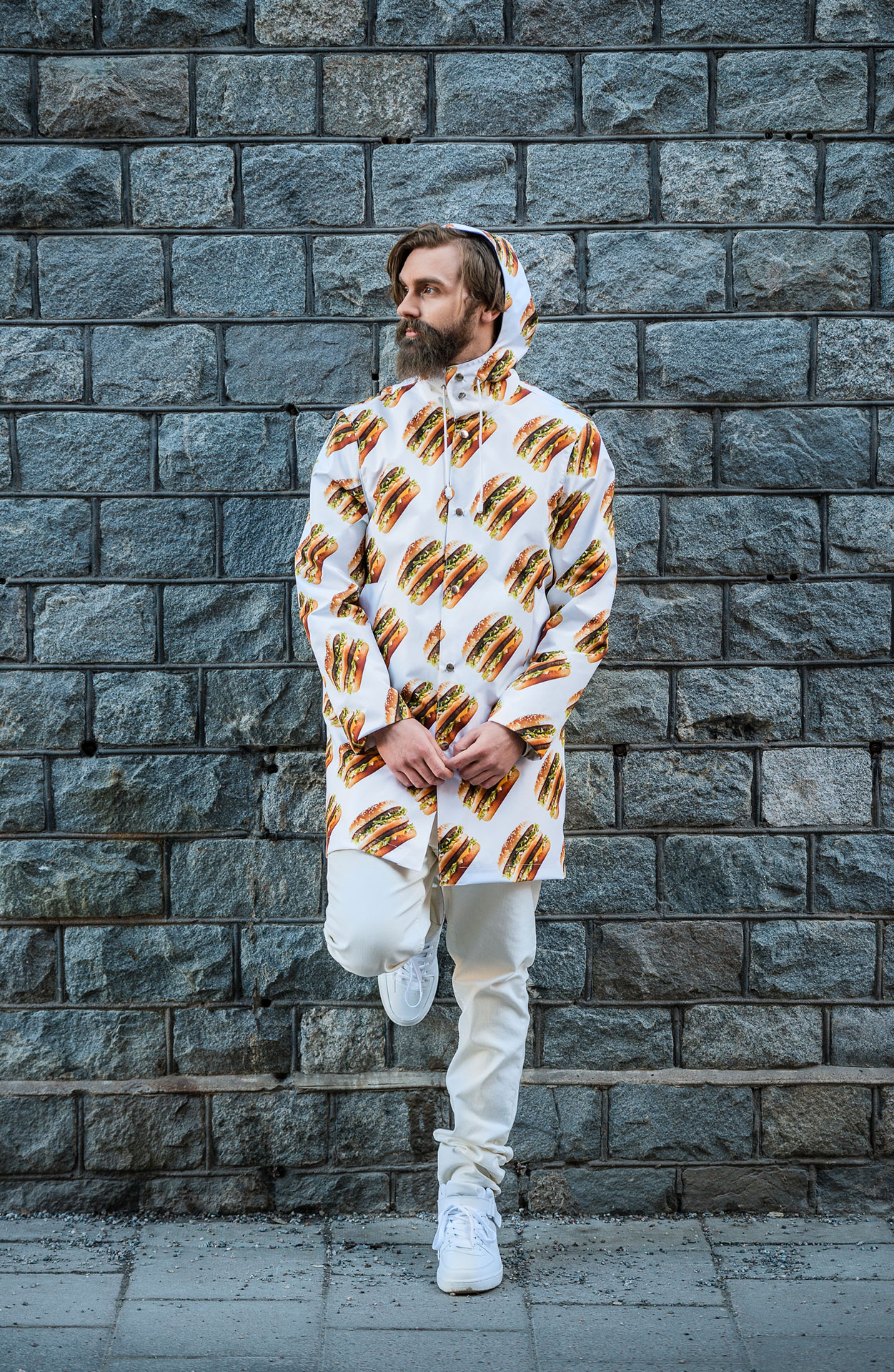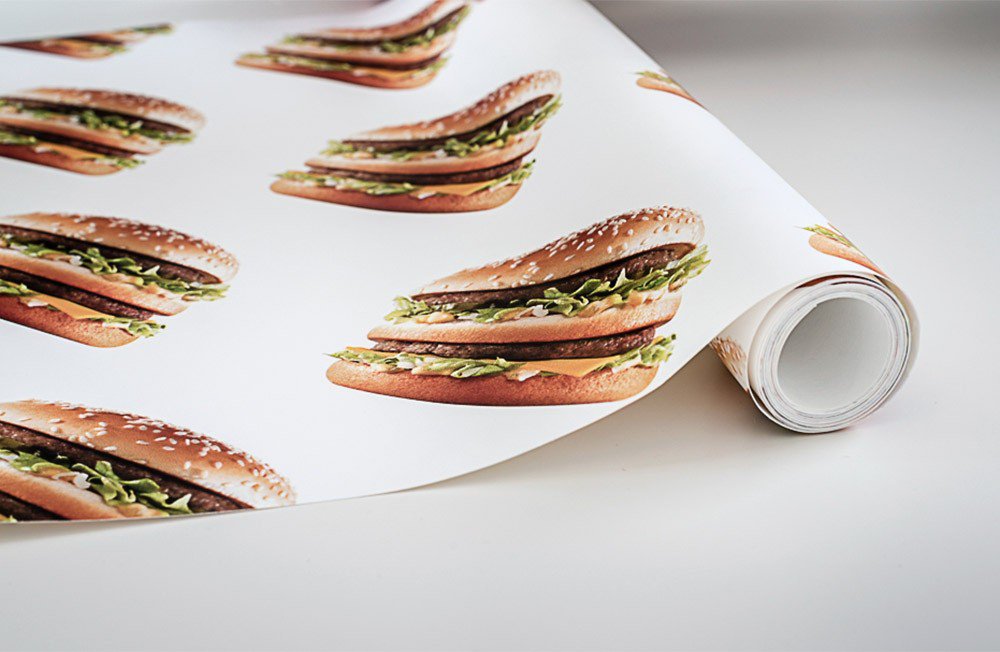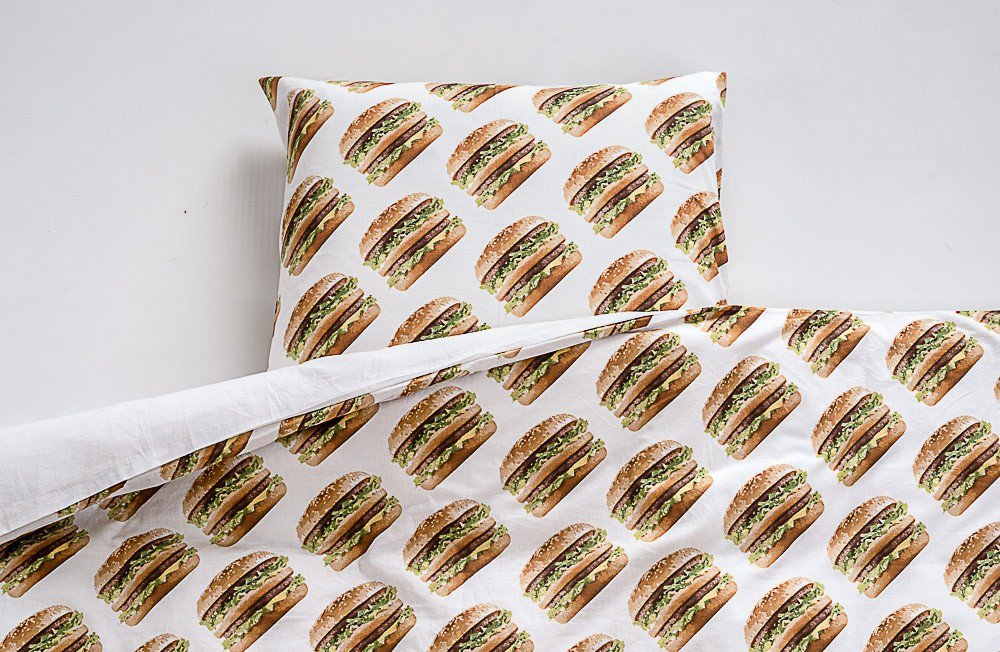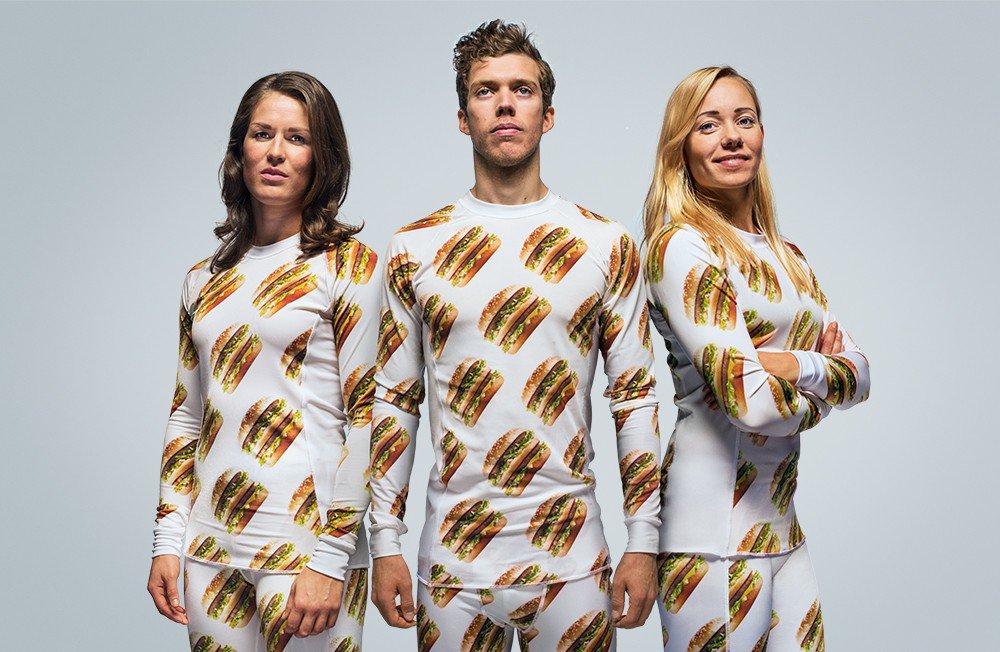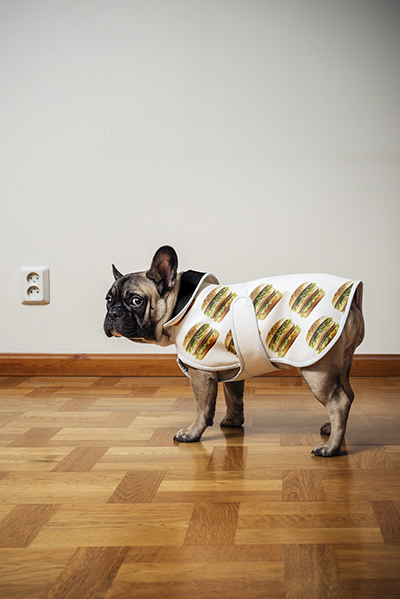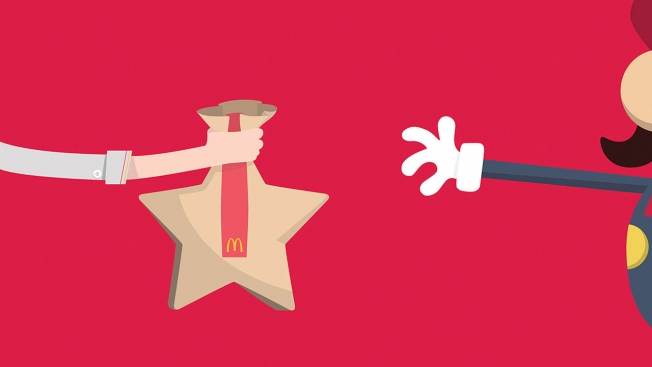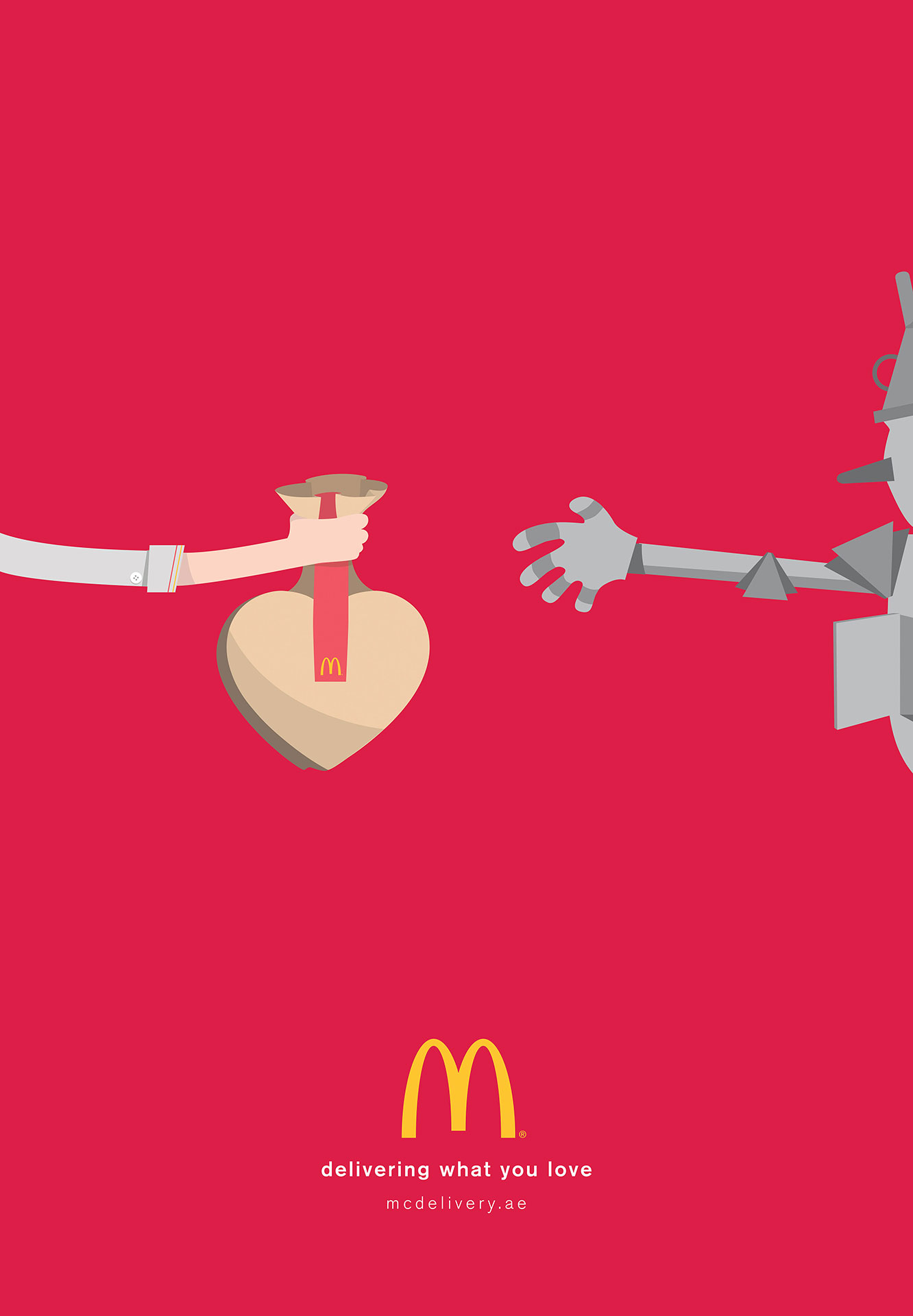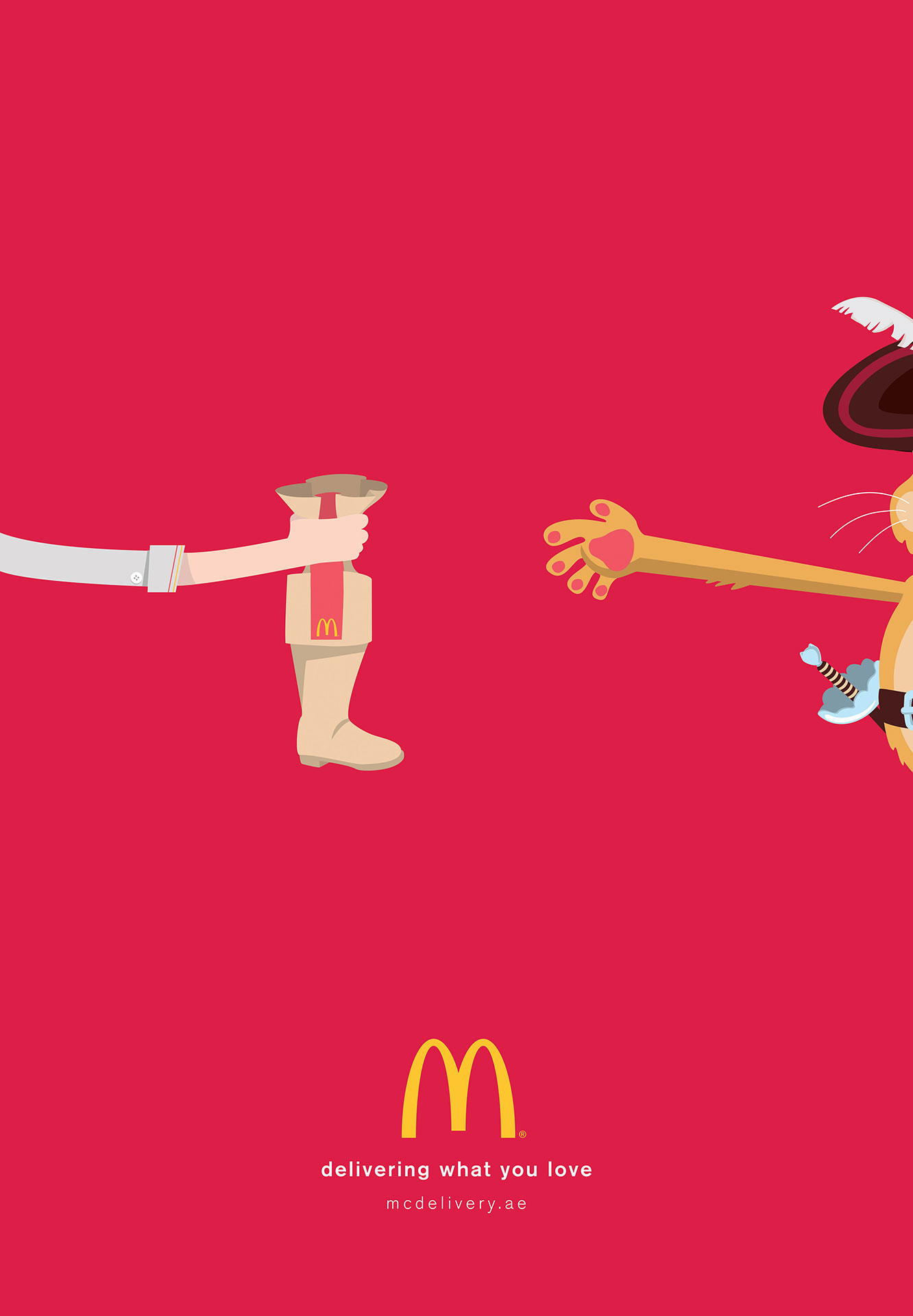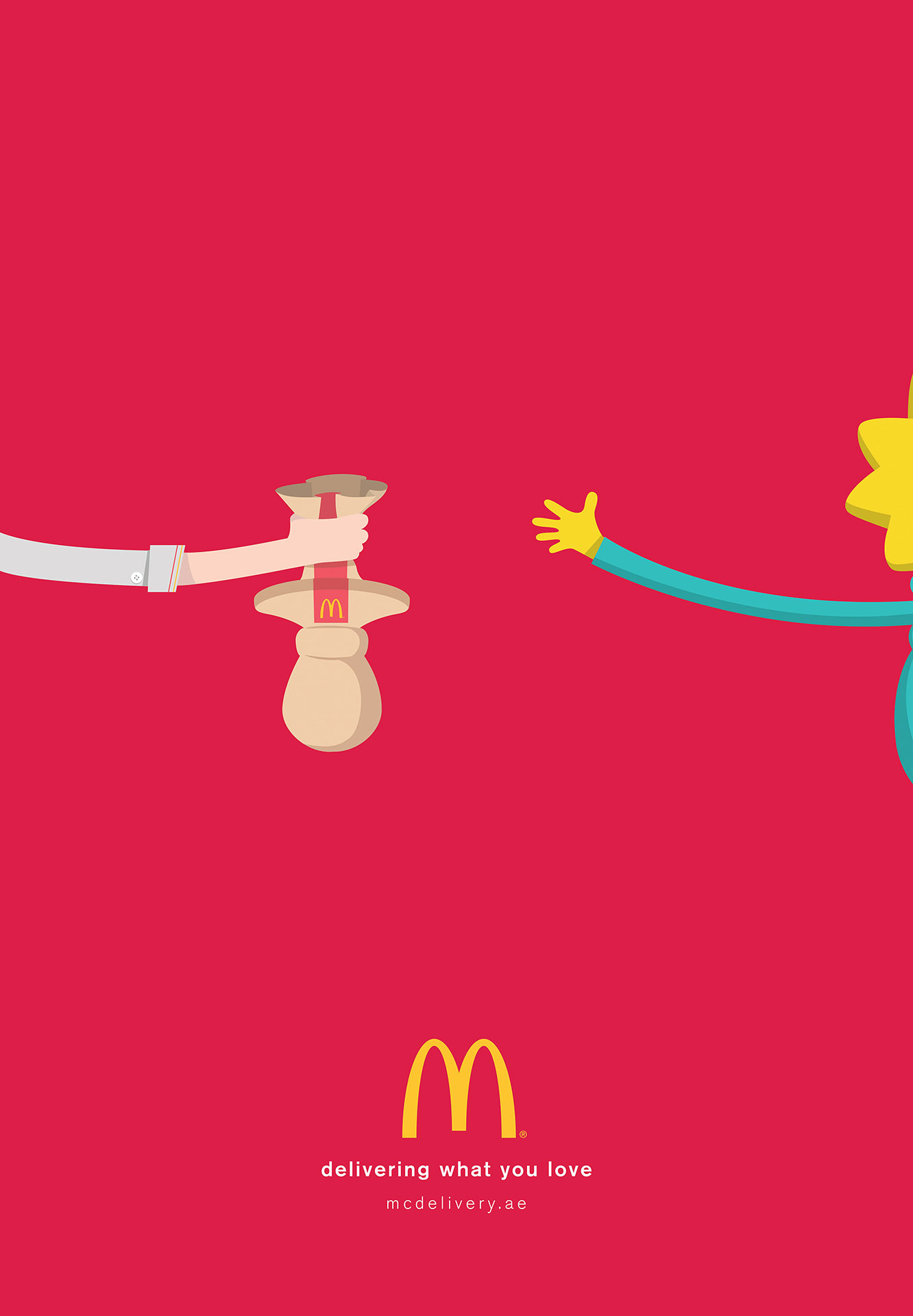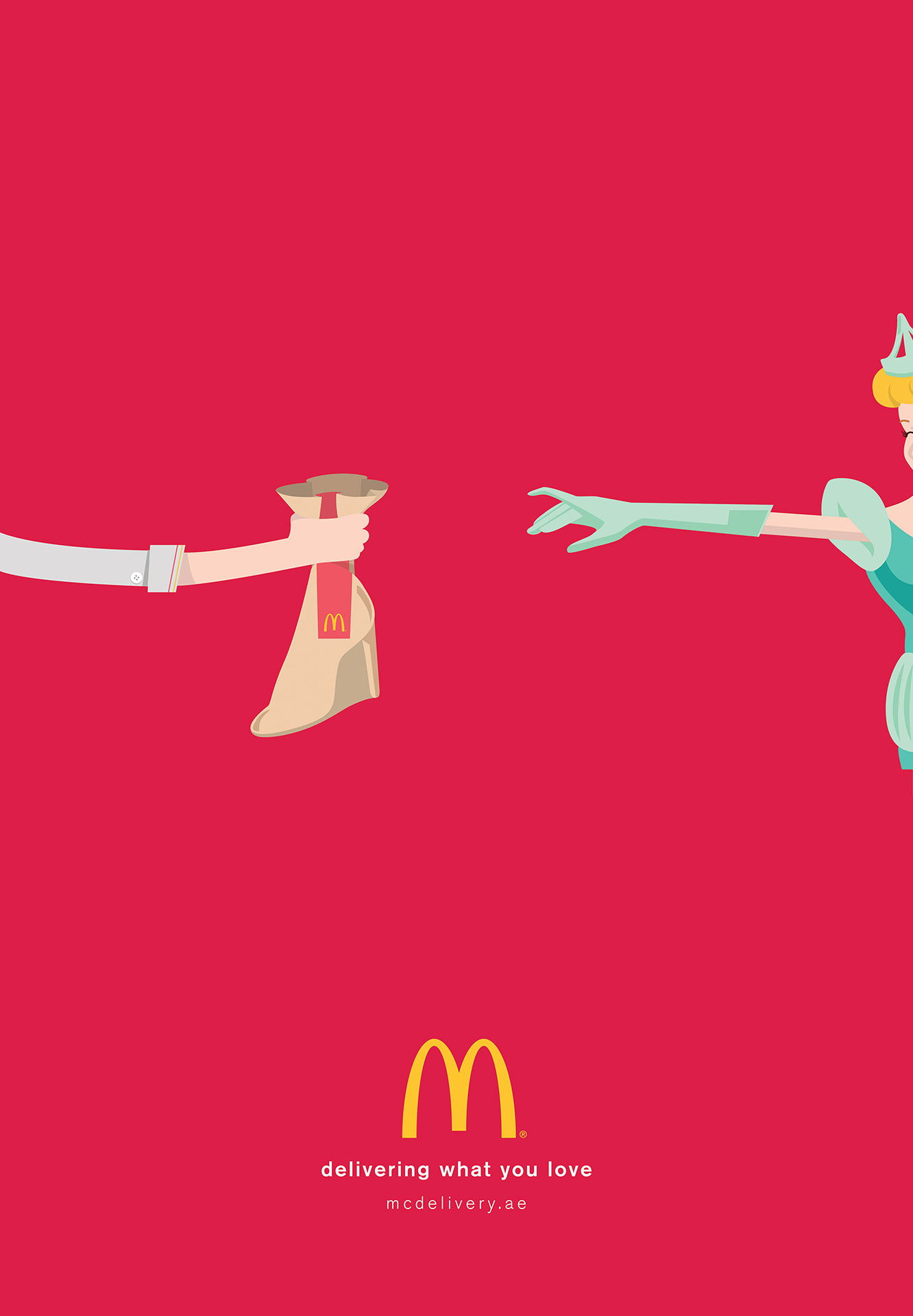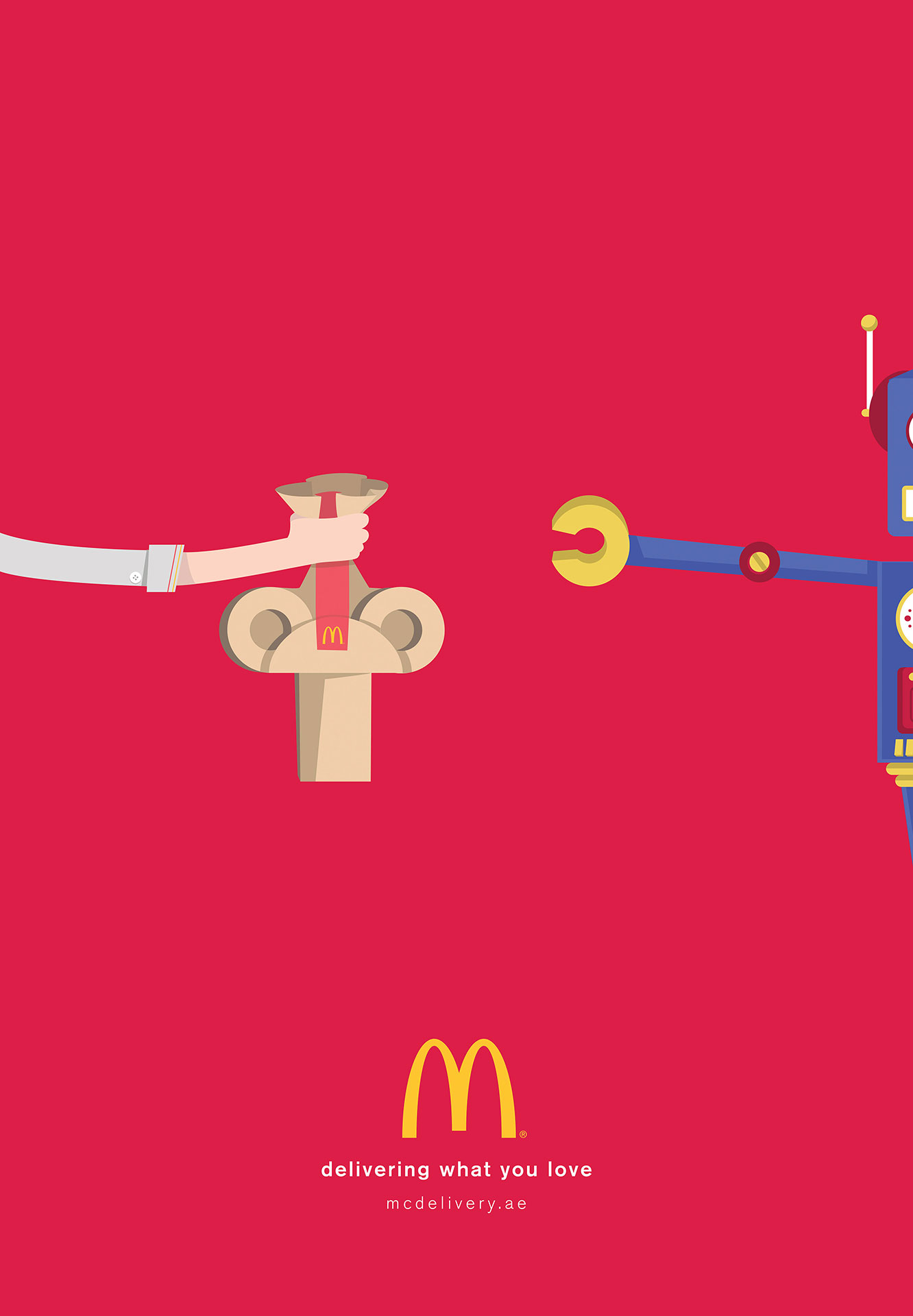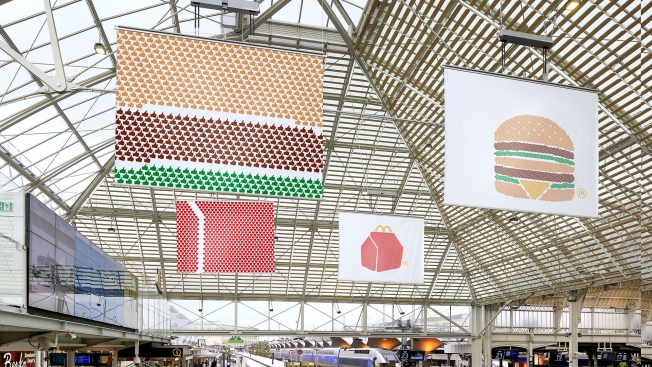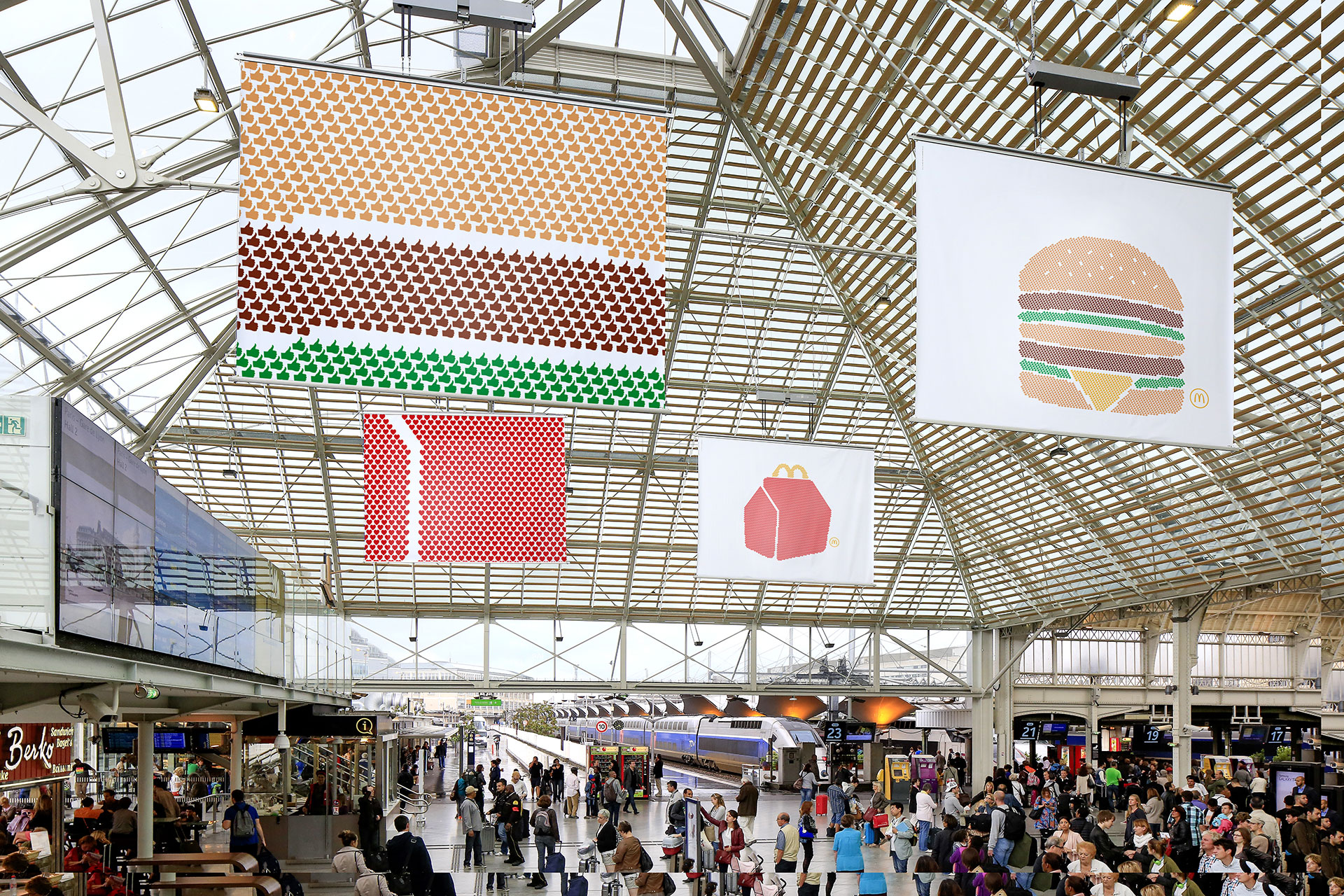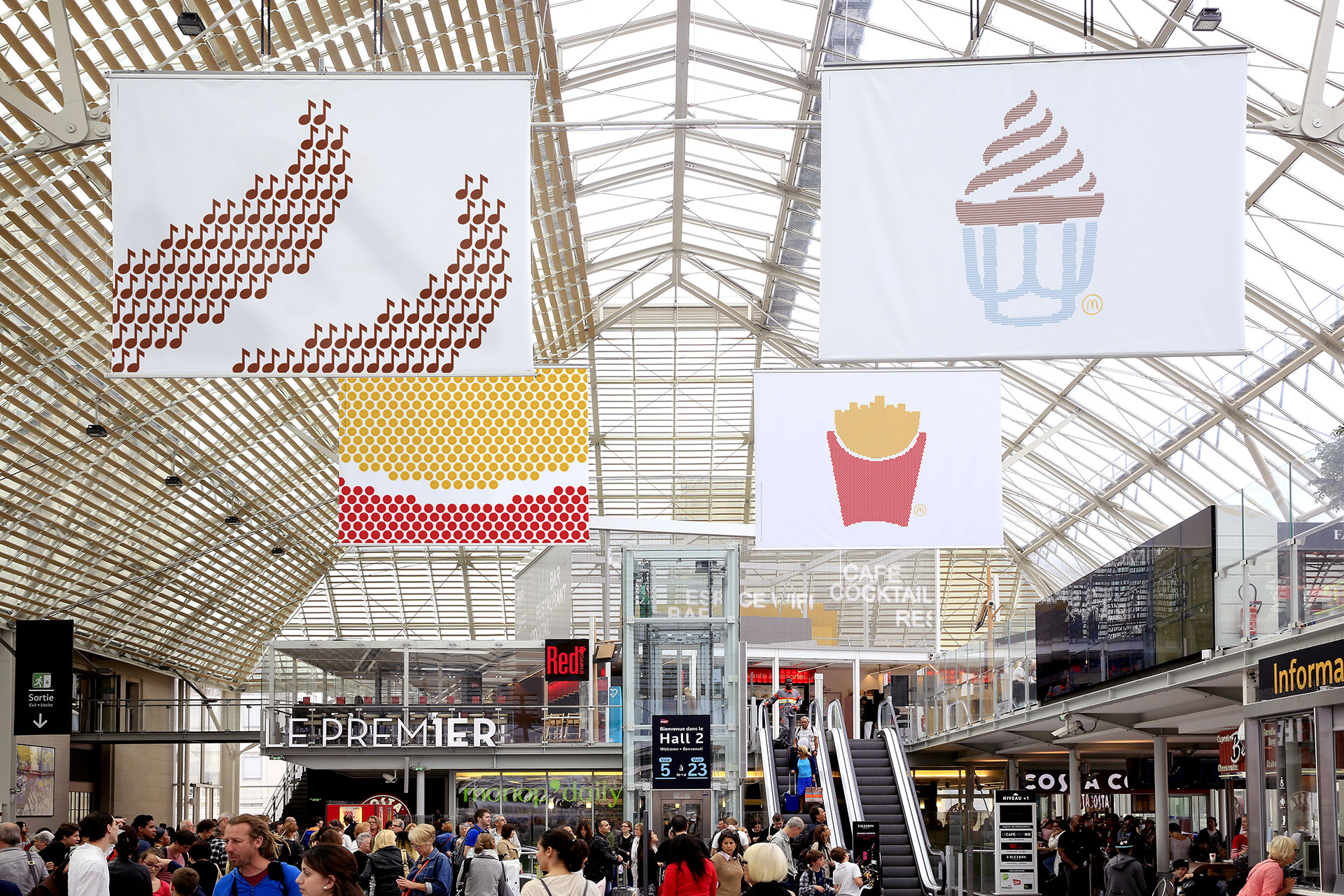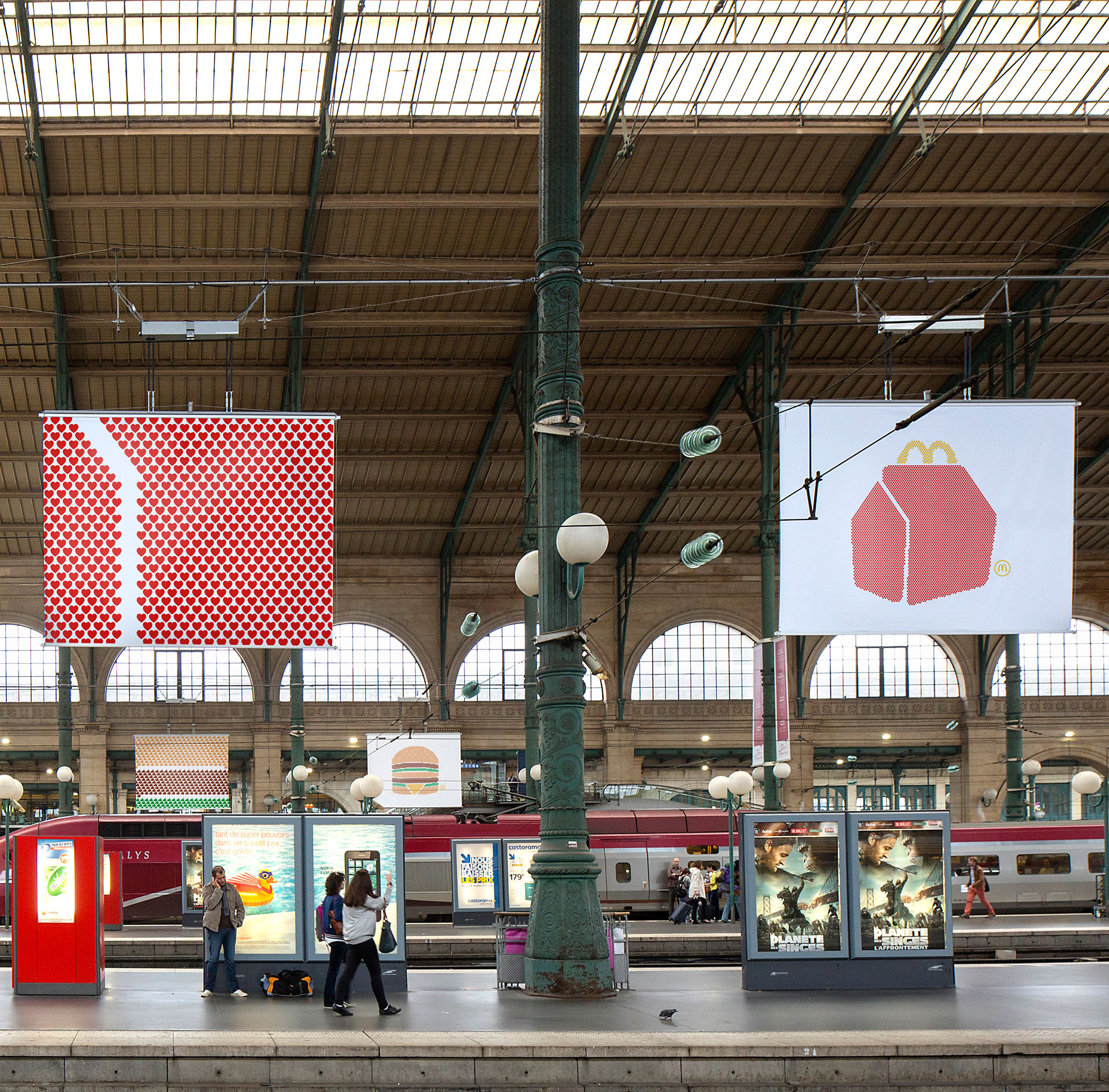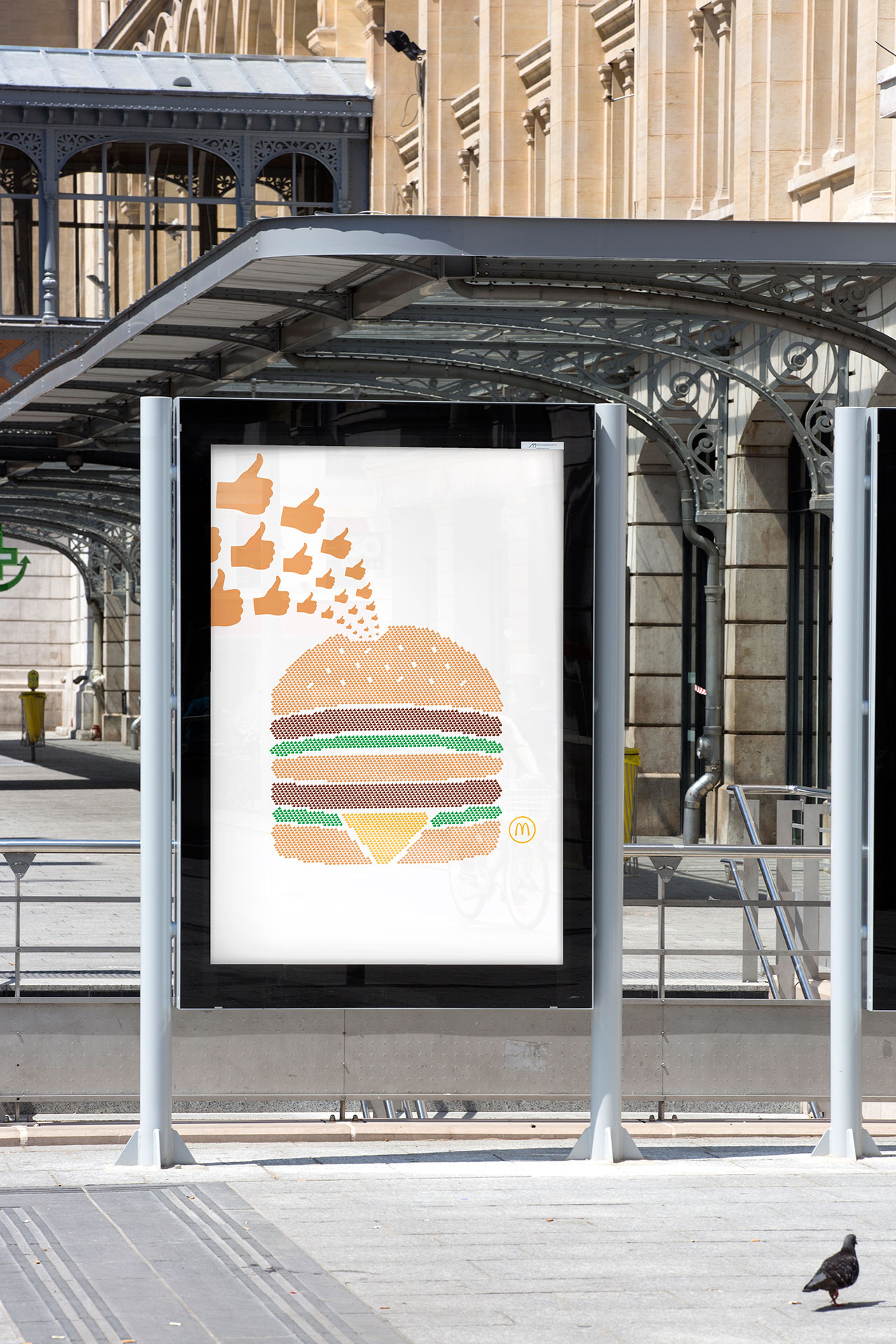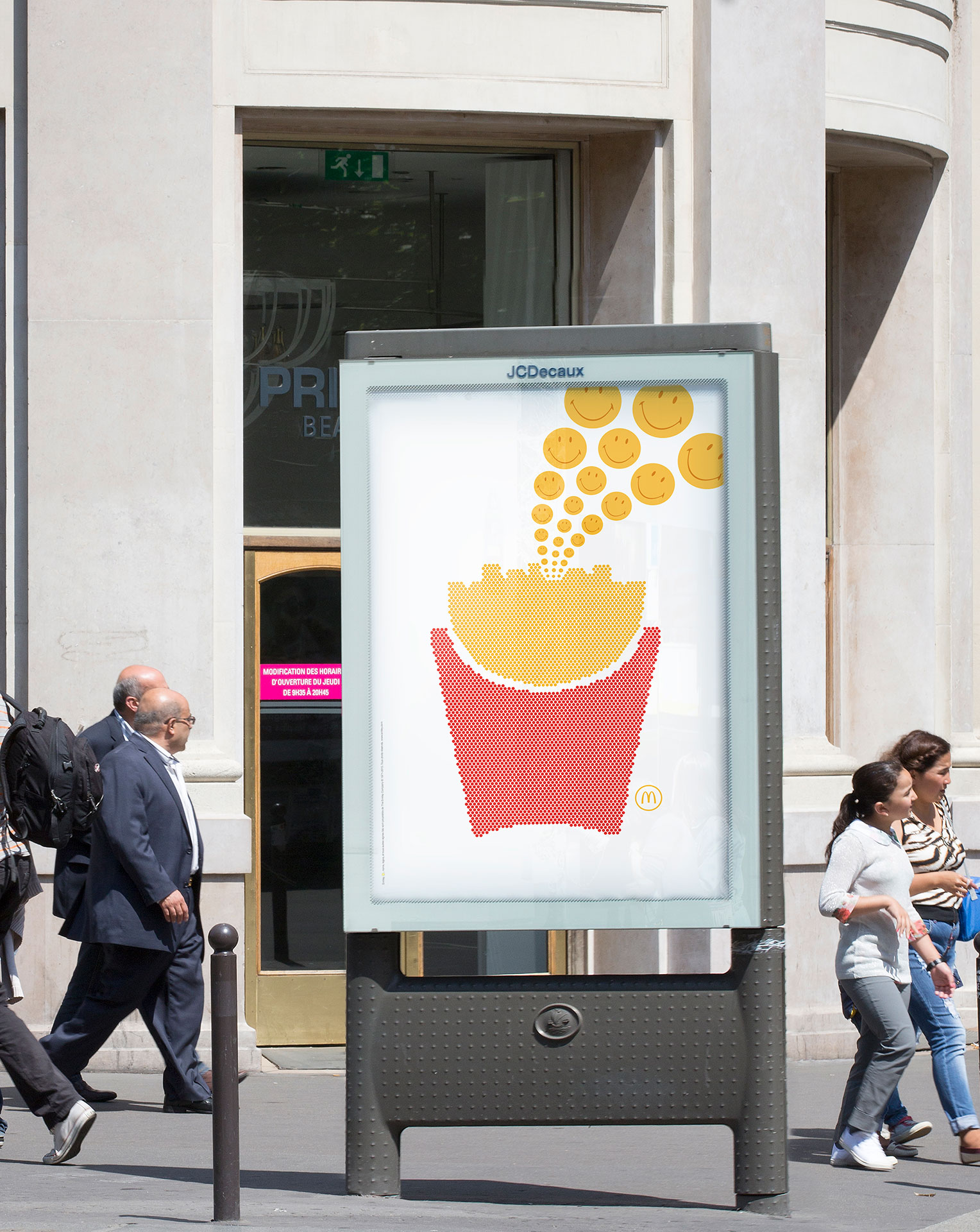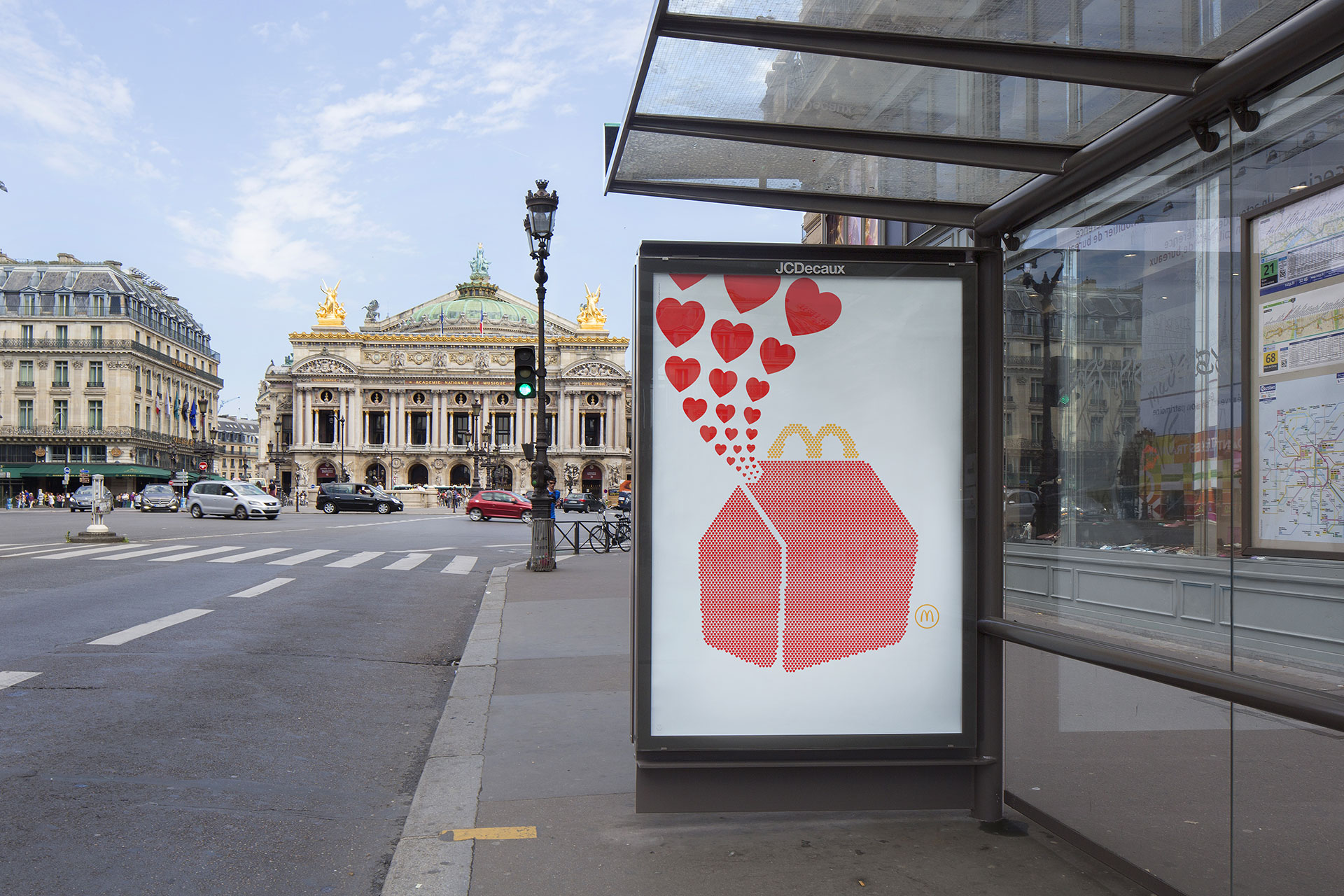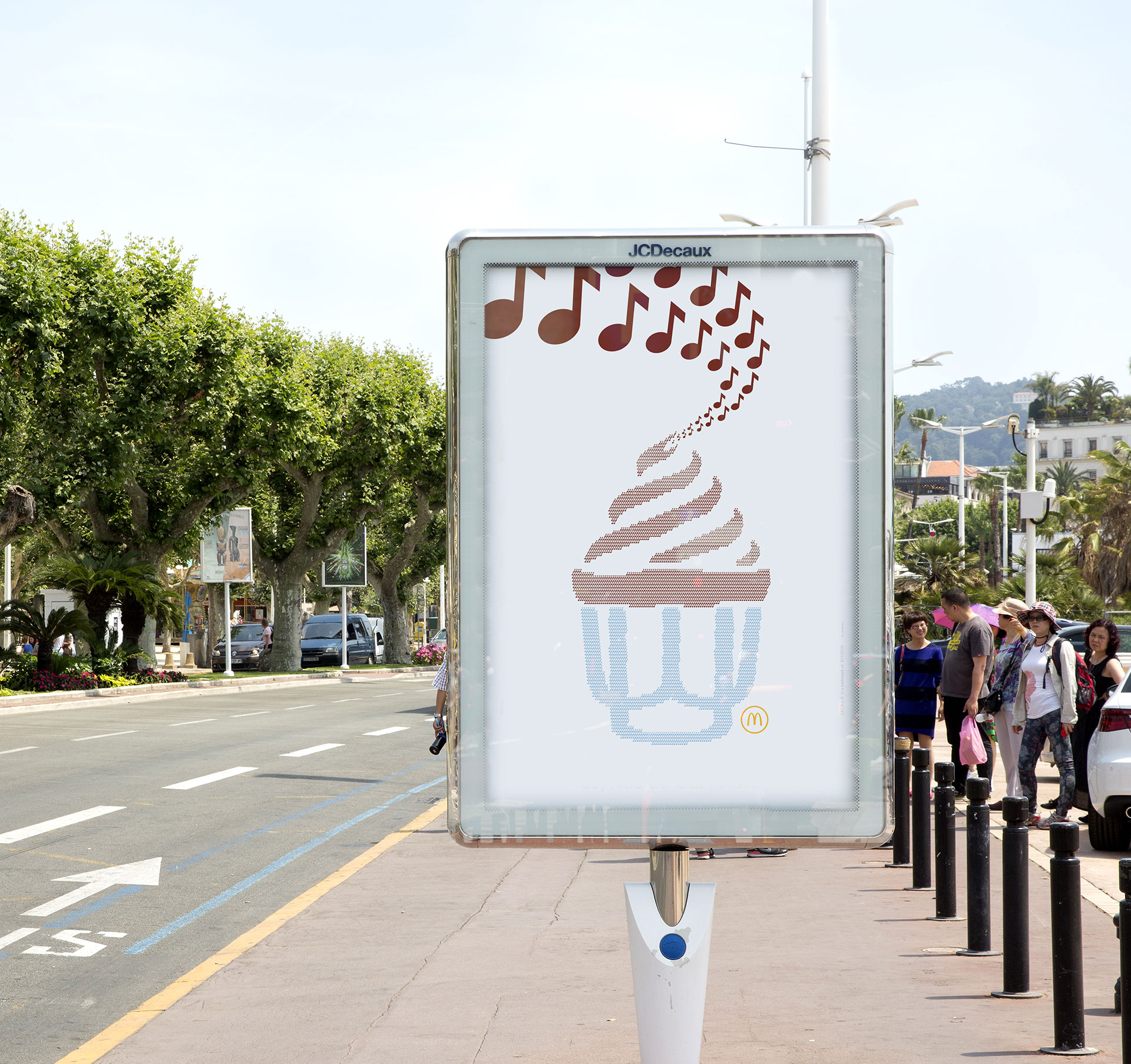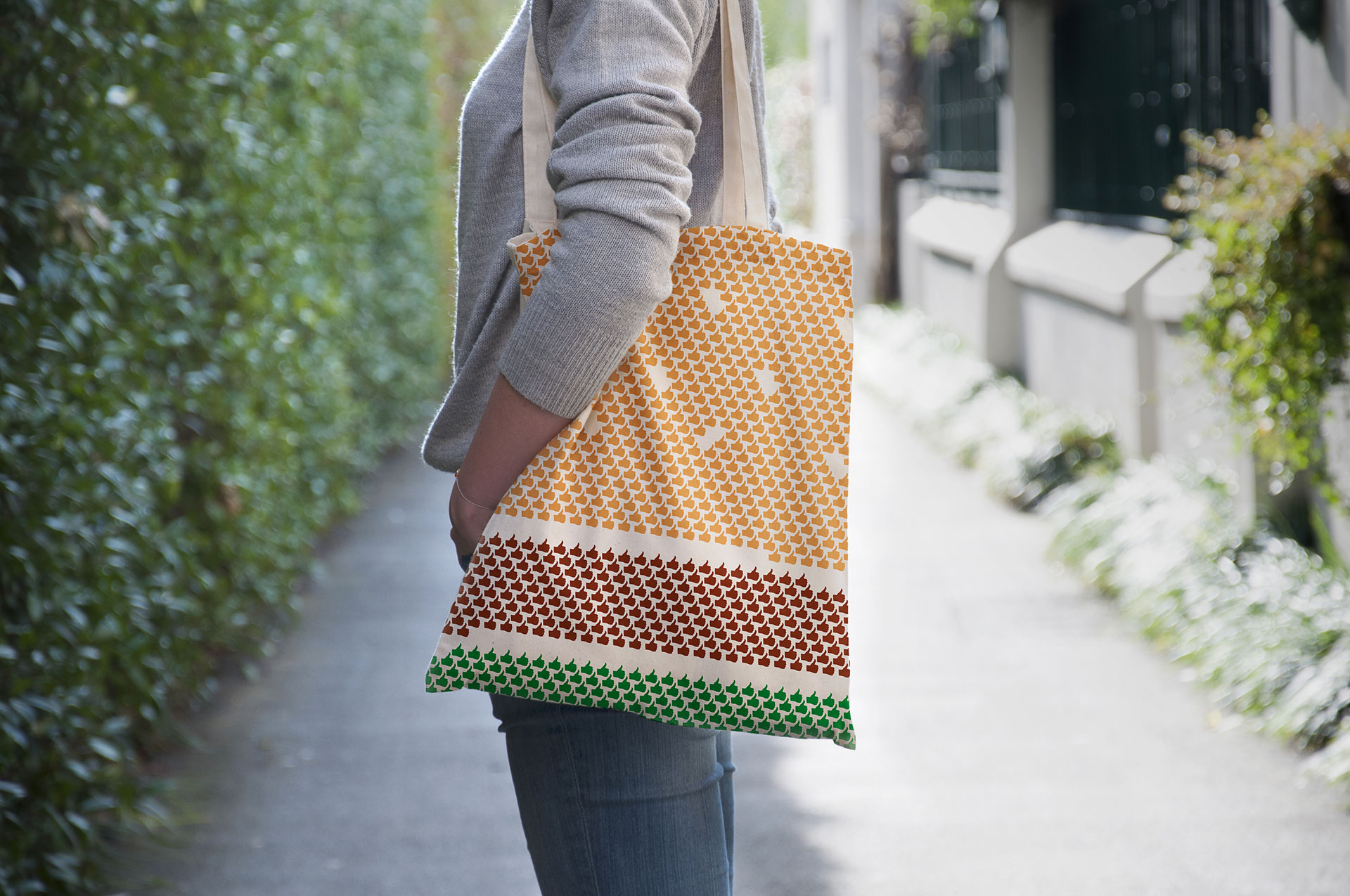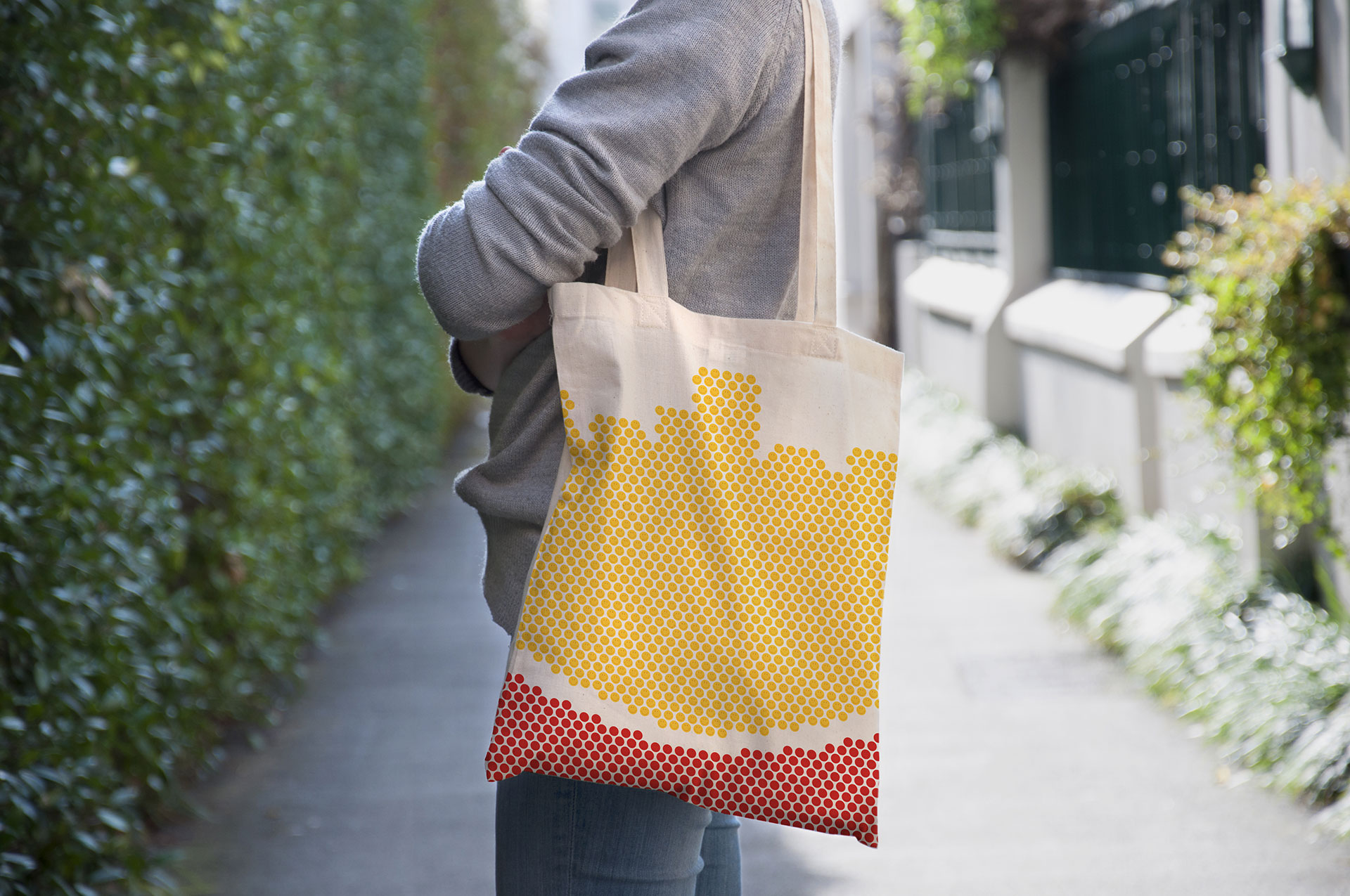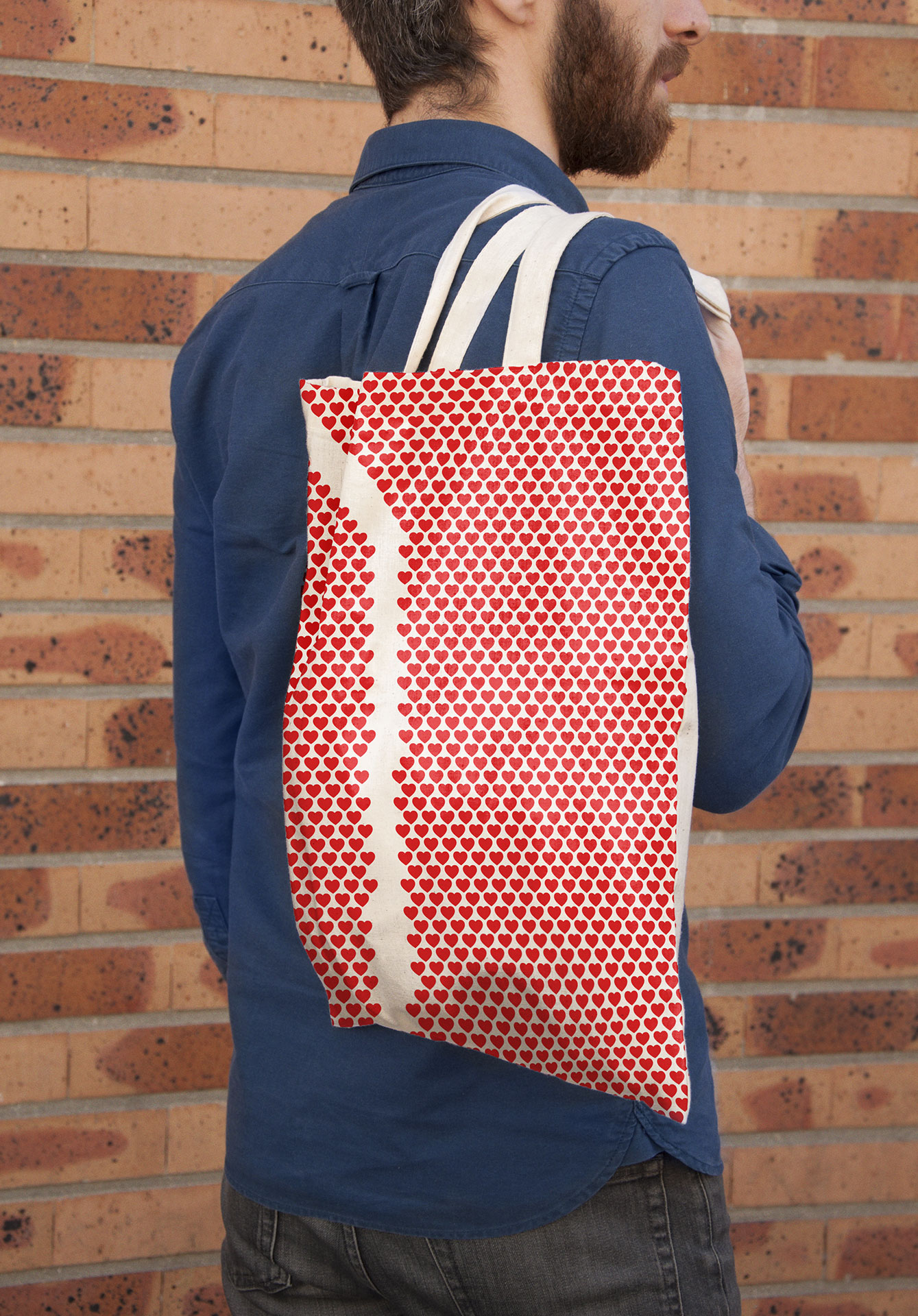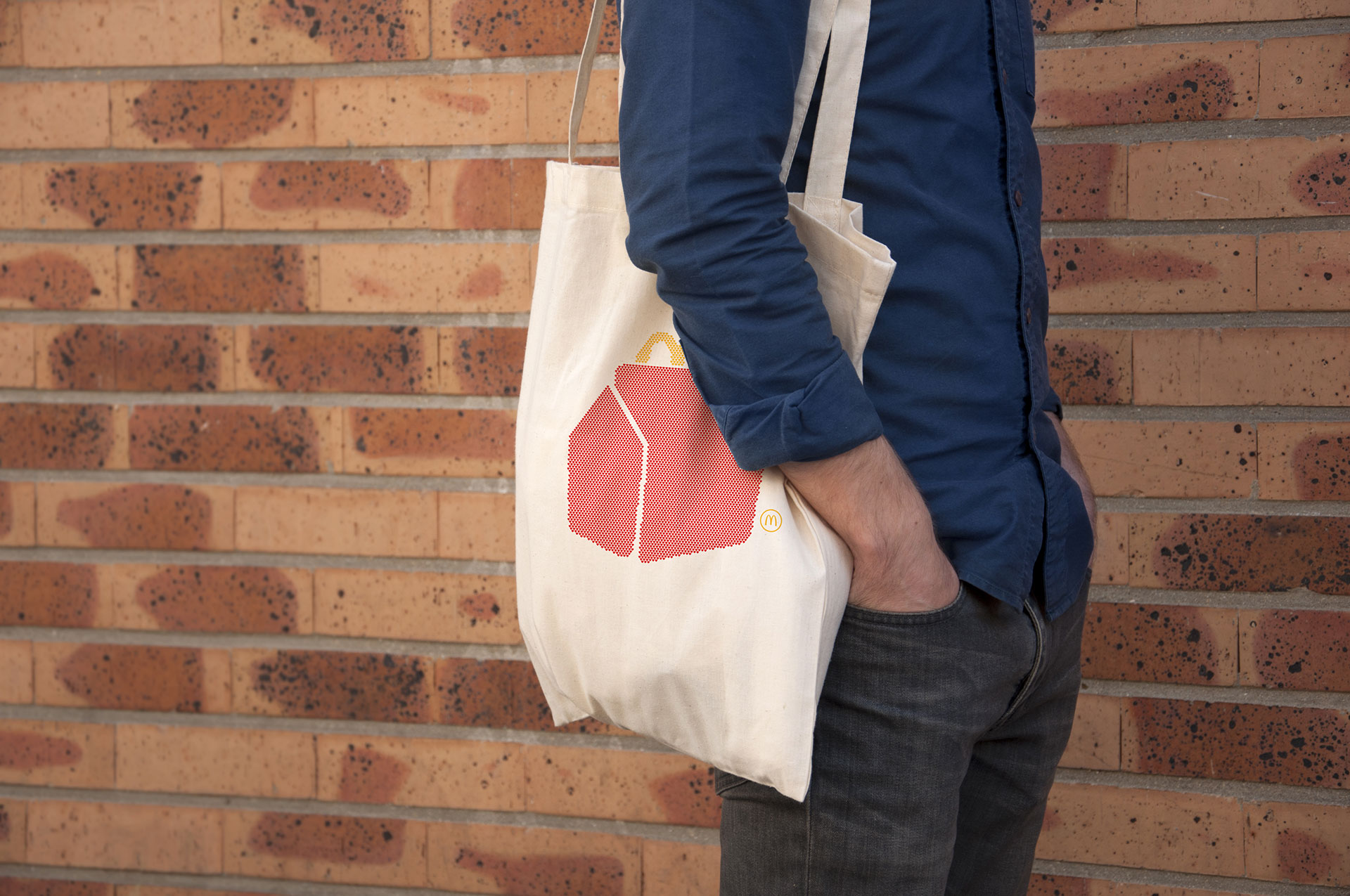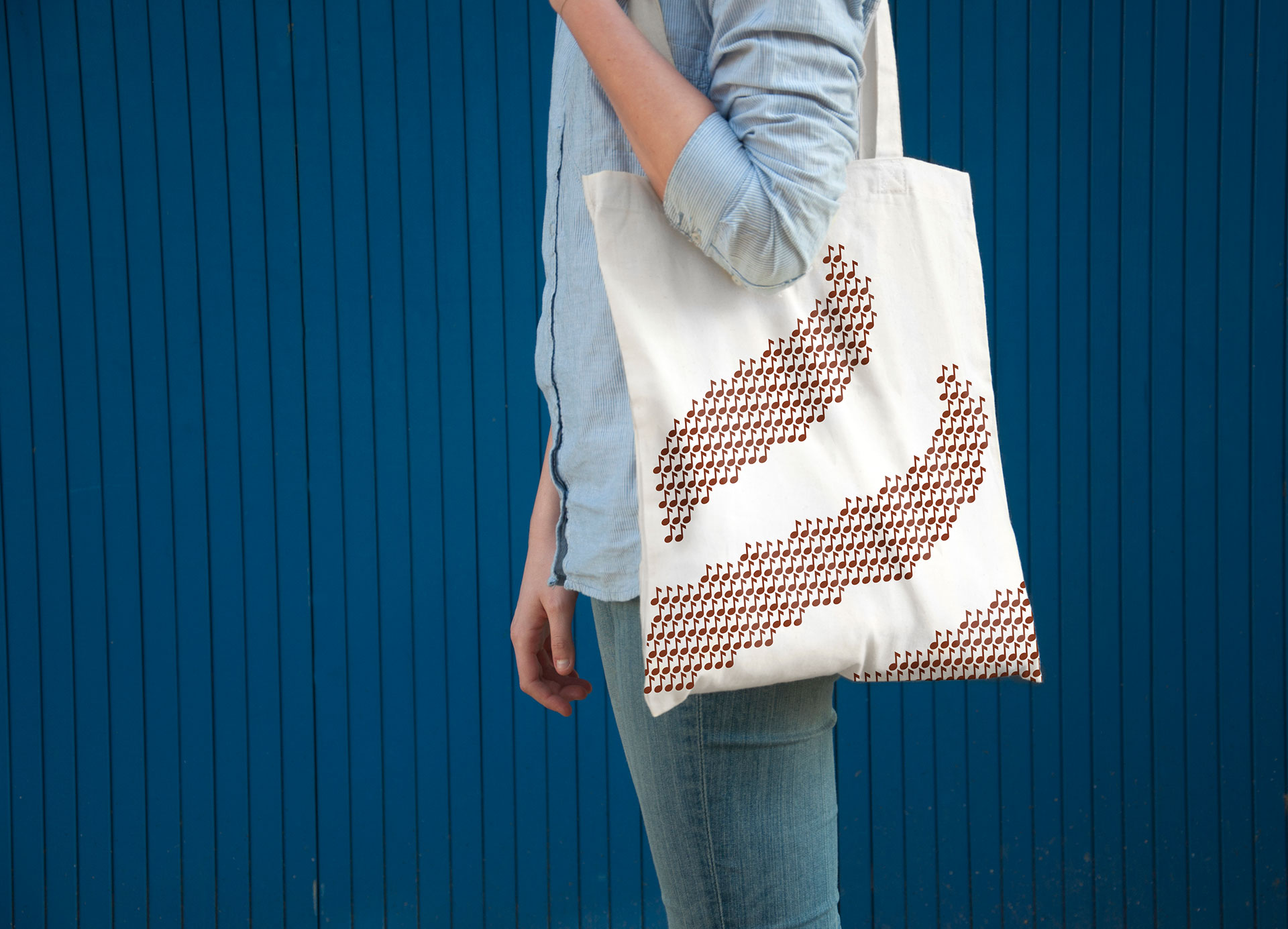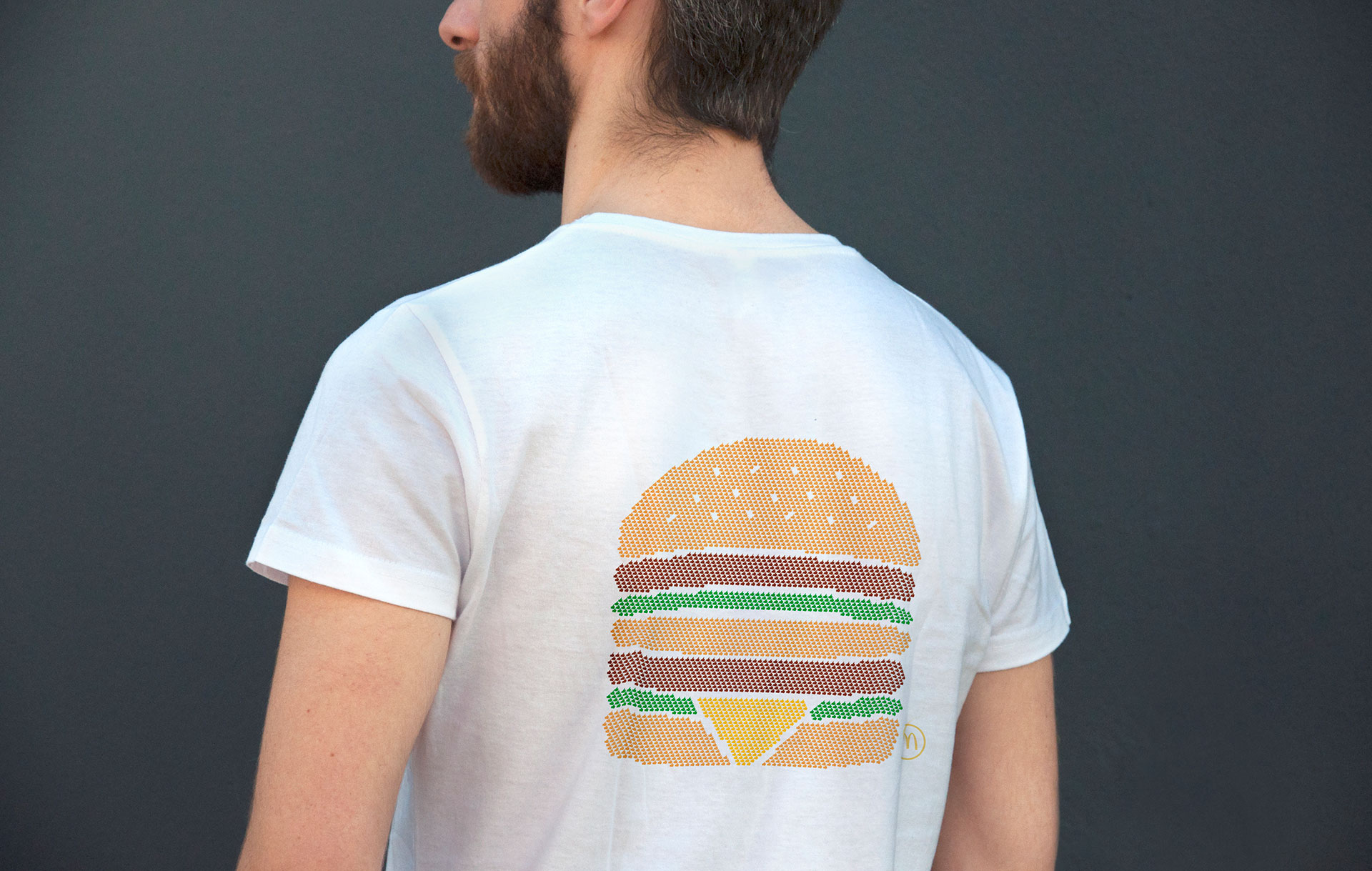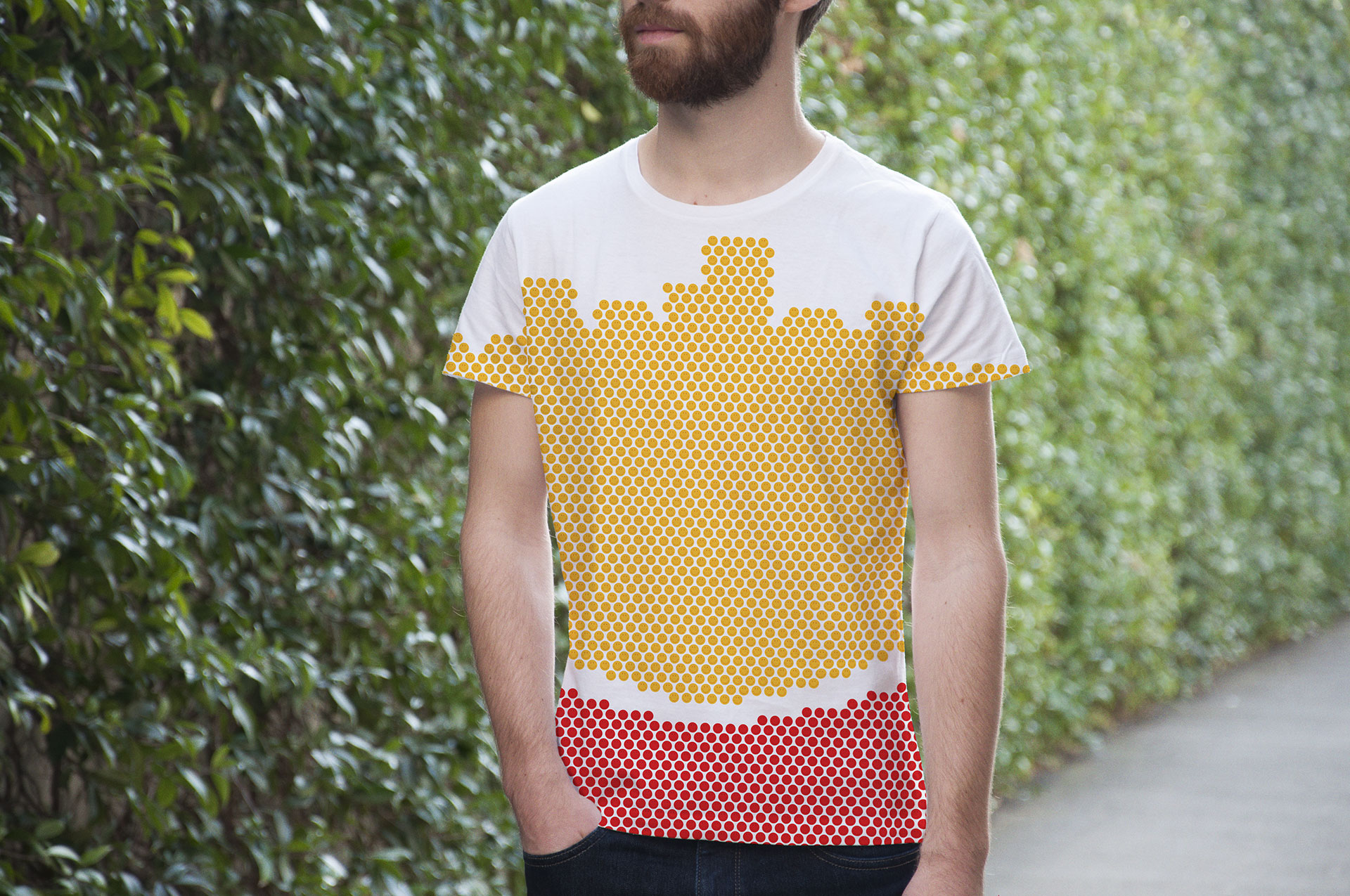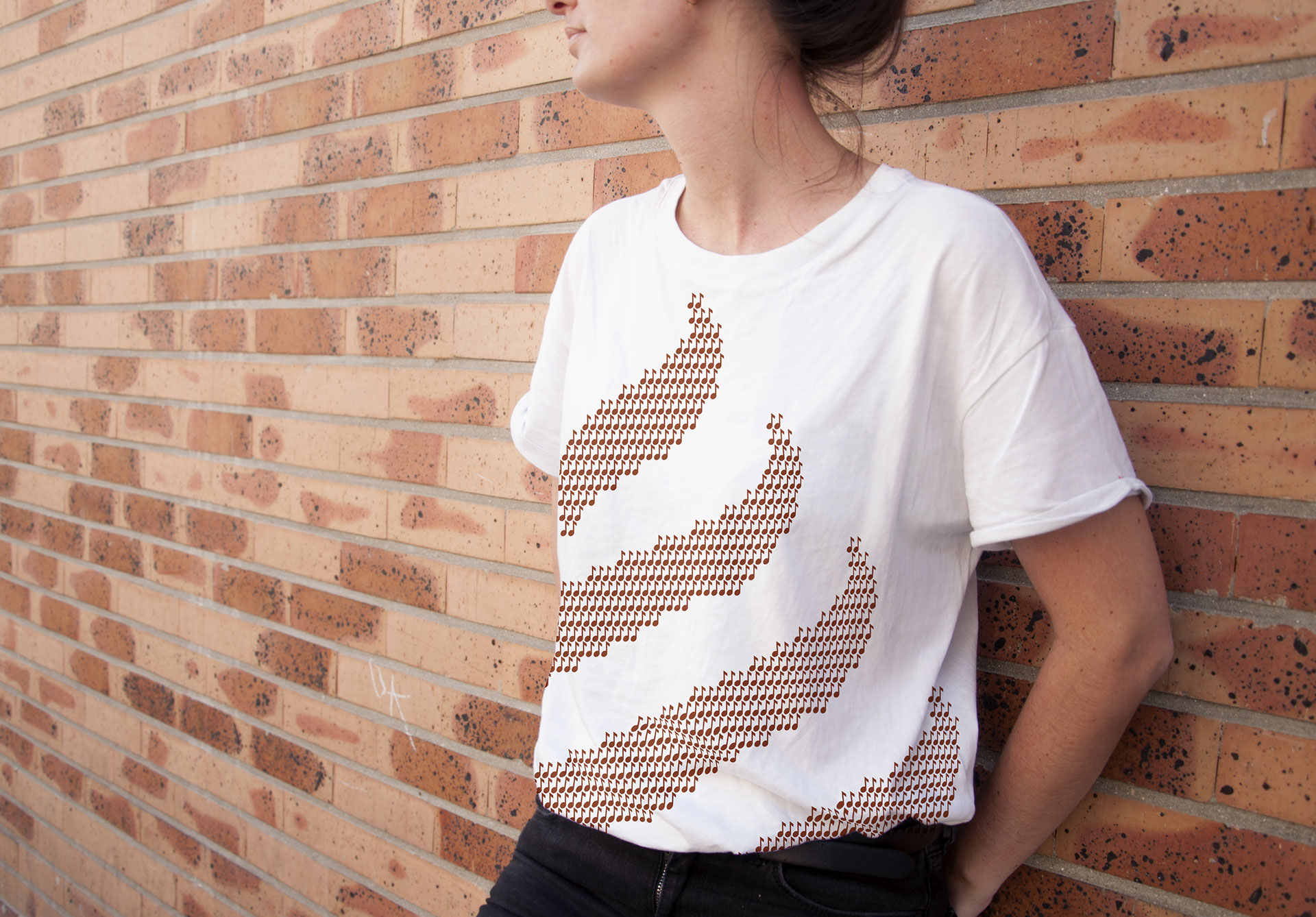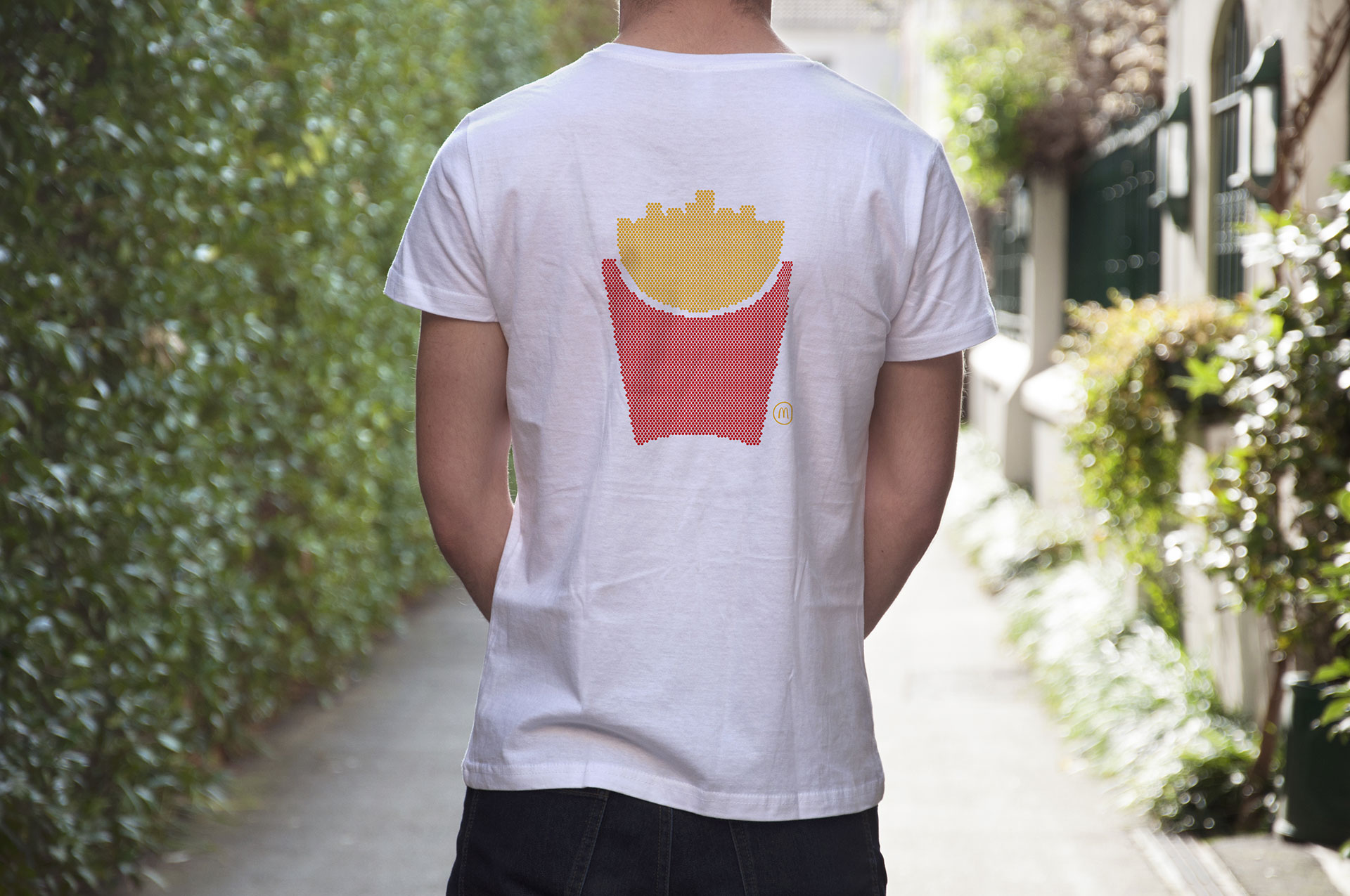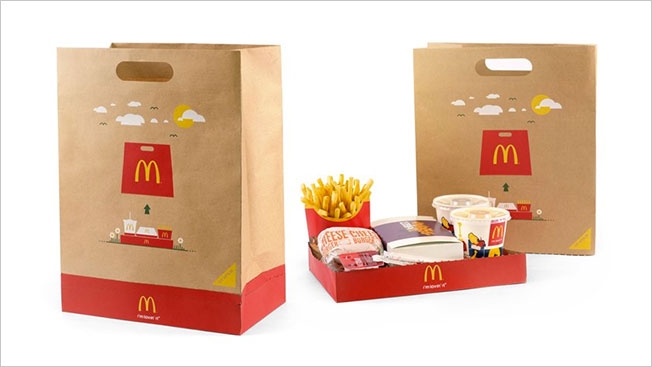![]()
Egg McMuffins aren't just mediocre pastries stuffed with microwaved eggs, bright yellow cheese and ham product. They are a form of tyranny.
That, at least, is the upshot of "Routine Republic," a riveting and surreal new Taco Bell campaign from Deutsch. A year after the agency cheekily hired a bunch of guys named Ronald McDonald to celebrate the Mexican-themed fast-food chain's first foray into breakfast, the shots at the Golden Arches are barely masked.
In the three-minute centerpiece ad below, McDonald's affable but intrinsically creepy mascot is reimagined as a sunken-eyed Stalinist clown (though perhaps bearing closer resemblance to Mao). He rules over a small army of look-alikes and an oppressed proletariat in a decrepit, cloistered city with a beefy security apparatus. Run-of-the-mill breakfast sandwiches are his preferred method of subjugation.
Taco Bell, meanwhile—aided by "Blitzkrieg Bop," the universal theme song of teenage rebels in the late '70s (so perhaps an appropriate foil for a geopolitically themed bogeyman and/or Bond villain of roughly the same generation)—is the champion of non-conformists, who simply want hexagonal, instead of circular, breakfast foods. The spot even delivers the added gut punch of twisting McD's promise of happiness (on which the burger chain's advertising loves to harp) into a nefarious lie—a drab, gray, industrial (read: overprocessed) landscape (because those A.M. Crunch Wraps are surely only made with the freshest of organic, local ingredients).
That's all to say, it depicts a dystopian world, but the whole concept also can't help but come across as some kind of meta wormhole, like a microcosm of capitalism trying to devour itself. A smaller fast-food giant is knocking a bigger goliath for creating a fantastical totalitarian communist state, wherein the greatest strain on individual freedom is uninspired food, and the most dire physical threat to would-be defectors is whatever horror befalls a person who gets hit by a confetti bomb, or jumps into a grimy ball pit. (Though, in fairness, it's always been hard not to wonder what's lurking in the bottoms of those things—they're too colorful to trust.)
In fact, the campaign's biggest problem may be that it's too well done. The visuals nicely mimic the state-sanctioned artwork of the communist era—e.g., majestic sunburst portraits, imposing statues—and morph it into a series of creative, dog-whistle attacks. In addition to the epic narrative ad, which will air as a :60 on the season finale of The Walking Dead this Sunday, there's a mock-propaganda video (which might remind some gamers of BioShock) and a series of posters espousing the principles of the breakfast dictatorship.
Overall, it's probably not quite as ham-fisted as Nikki Minaj heroizing herself using Nazi imagery in a pop music video—but the frivolous McDespot comparison is also perhaps a touch insensitive, given, you know, the mass killings and other atrocities that marked the Stalinist and Maoist regimes.
Potential political indecencies aside, though, it does make for pretty light, entertaining fare. In the marketplace, Taco Bell is the underdog (whatever happened to the chihuahua anyways?), and from a corporate perspective, needs to be scrappy and get noticed. This certainly does that, punching above its weight, and coming out with a happy ending. The two heroes (a brooding guy and a hot girl, duh) crawl out of their culinary prison a through Shawshank-Redemption-style hole in the wall (presumably burned through with some fire sauce, or chiseled out with a spork) and lead the masses to the promised land of six-sided sandwiches.
Ultimately, though, nobody can claim to be a true Taco Bell breakfast revolutionary until they've eaten every single item on the menu in one sitting.
See some of the print work here:
![]()
![]()
![]()
![]()
![]()
![]()
CREDITS
Client: Taco Bell
Ad: "Routine Republic"
Chief Marketing Officer: Chris Brandt
VP, Brand Creative Director: Tracee Larocca
Director of Advertising: Aron North
Manager, Brand Experience: Ashley Prollamante
Food Consultant: Carolyn Avelino
Agency: Deutsch
Chief Creative Officer: Pete Favat
Chief Digital Officer: Winston Binch
Executive Creative Director: Brett Craig
Group Creative Director: Tom Pettus
Creative Director: Scott Clark
Creative Director: Pat Almaguer
Senior Art Director: Jeremiah Wassom
Senior Copywriter: Chris Pouy
Director of Integrated Production: Vic Palumbo
Executive Producer: Paul Roy
Producer: Damon Vinyard
Music Director: Dave Rocco
Associate Music Producer: Eryk Rich
Design Director: Nathan Iverson
Senior Designer: Erin Burrell
Group Account Director: Walter Smith
Account Director: Katie Klages
Account Supervisor: Krista Slocum
Account Executive: Kaitlin Tabar
Chief Strategy Officer: Colin Drummond
Group Planning Director: Jill Burgeson
Group Planning Director: Lindsey Allison
Senior Account Planner: Kelly Mertesdorf
Director of Integrated Business Affairs: Abilino Guillermo
Senior Business Affairs Manager: Ken Rongey
Associate Business Traffic Manager: Missy Stella
Senior Broadcast Traffic Manager: Sarah Freeark
CEO, North America: Mike Sheldon
President, Los Angeles: Kim Getty
Live Action Production Company: Arts & Sciences
Director: Michael Spiccia
Director of Photography: Germain McMicking
Managing Director / Partner: Mal Ward
Executive Producer / Managing Partner: Marc Marrie
Head of Production: Christa Skotland
EP / Producer: Ben Scandrett-Smith
Editorial Company: Union Editorial
Editor: Jim Haygood
Assistant Editor: Anil Baral
President/Managing Partner: Michael Raimondi
Executive Producer: Rob McCool
VFX: A52
VFX Supervisor/Lead Flame Artist: Andy McKenna
Flame artists: Pat Murphy, Hugh Seville, Steven Wolff, Jesse Monsour, Andres Barrios, Chris Moore, Michael Plescia, Richard Hirst, Michael Vagliently, Enid Dalcoff, Christel Hazard, Dan Ellis
Head of 3D: Kirk Shinatni
CG Supervisor: John Cherniack
CG Artists: Ian Ruhfass, Joe Paniagua, Jose Limon, Josephine Kahng, Vivian Su, Wendy Klien, Chris Janney
CG Tracking: Joseph Chiechi, Michael Bettinardi, Michael Cardenas
Roto: Tiffany Germann
Art Director: Earl Burnley
Animation: Jeffrey Jeong, Lucy Kim, Tae-Kyu Kim, Trix Taylor, Alan Chen
Head of Production: Kim Christensen
Executive Producer: Jennifer Sofio Hall
Executive Producer: Patrick Nugent
Producer: Stacy Kessler-Aungst
Motion Graphics: Steelhead
Executive Producer: Ted Markovic
Motion Design Director: Jason Porter
Motion Designer: Luis de Leon
Producer: Matt Johnson
Mixer: Chase Butters
Color: A52
Colorist: Paul Yacono
Producer: Anna Vegezzi
Illustrator, Routine Rules Poster: Paul Rogers
Agent: Sally Heflin @ Heflin Reps
Illustrator, all other posters:
Erin Burrell: Senior Designer
Licensed/Composed Music, Credits and Track Info:
Elias Music
Music composed by Elias Arts
Executive Creative Director: Vincenzo LoRusso
Creative Director: Mike Goldstein
Executive Producer: Vicki Ordeshook
Head of Production: Katie Overcash
The Ramones "Blitzkrieg Bop"
Audio Post Company: Formosa Santa Monica
Mixer: Tim West
Mix Assistant: Aiden Ramos
Producer: Jennifer Bowman
Shoot Location: Budapest, Hungary
